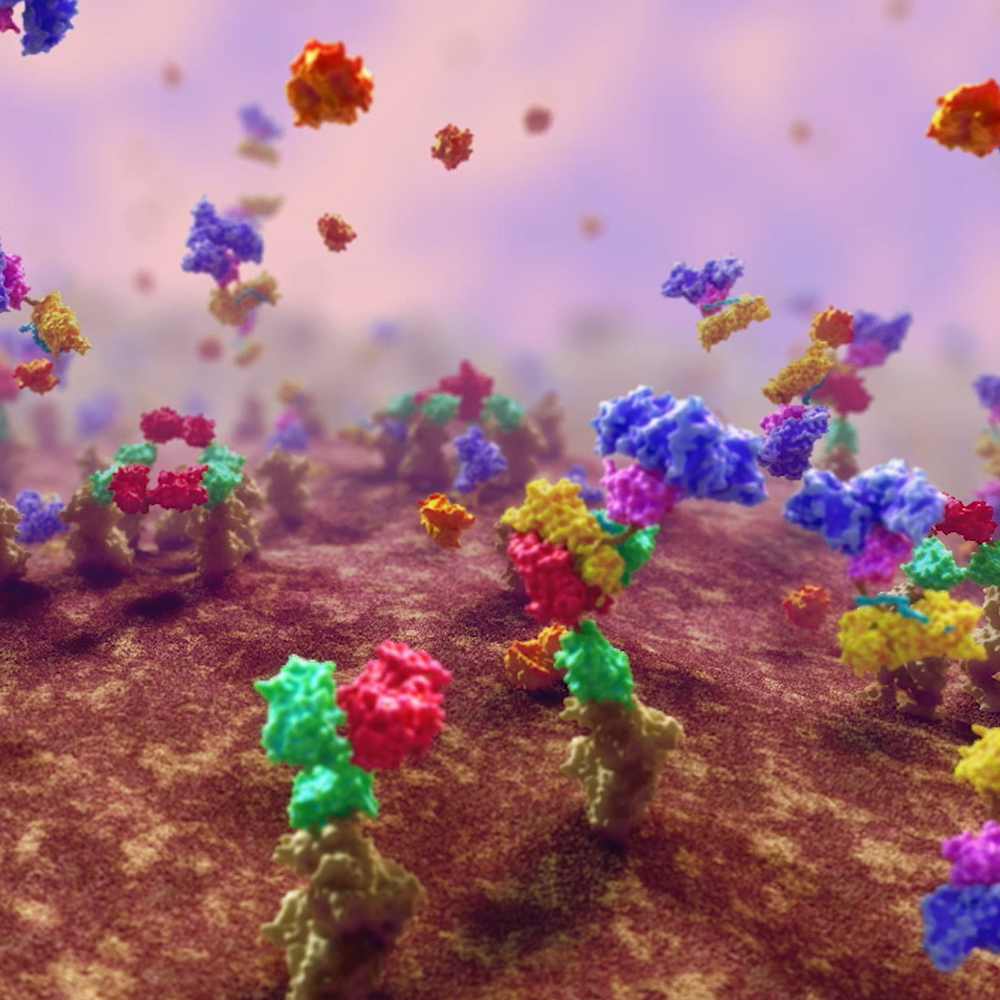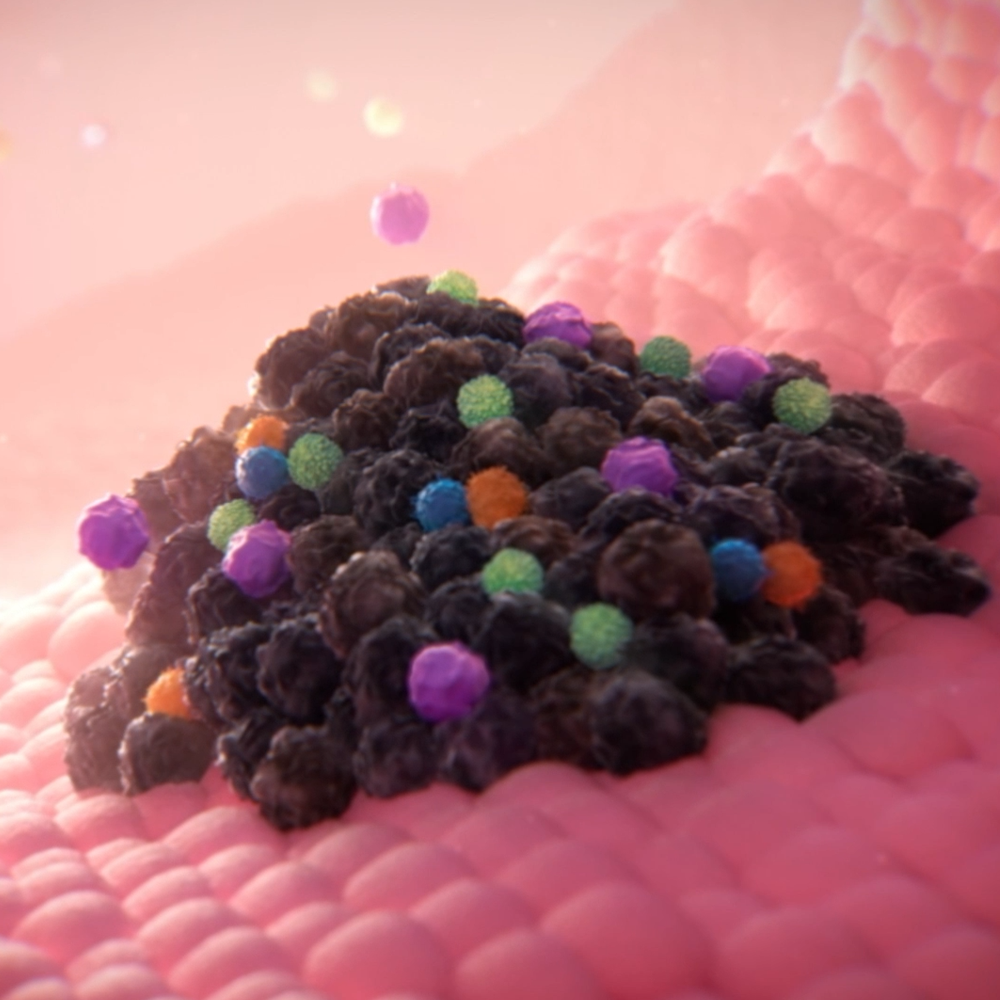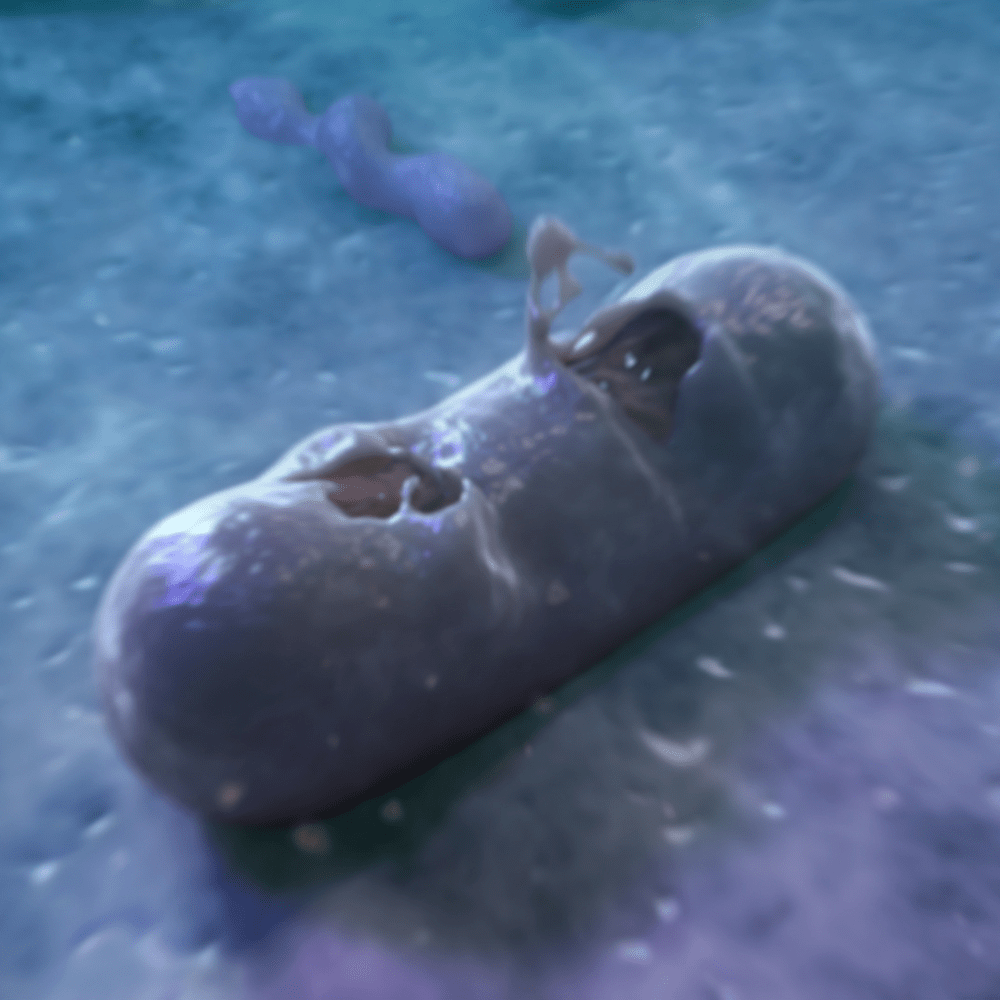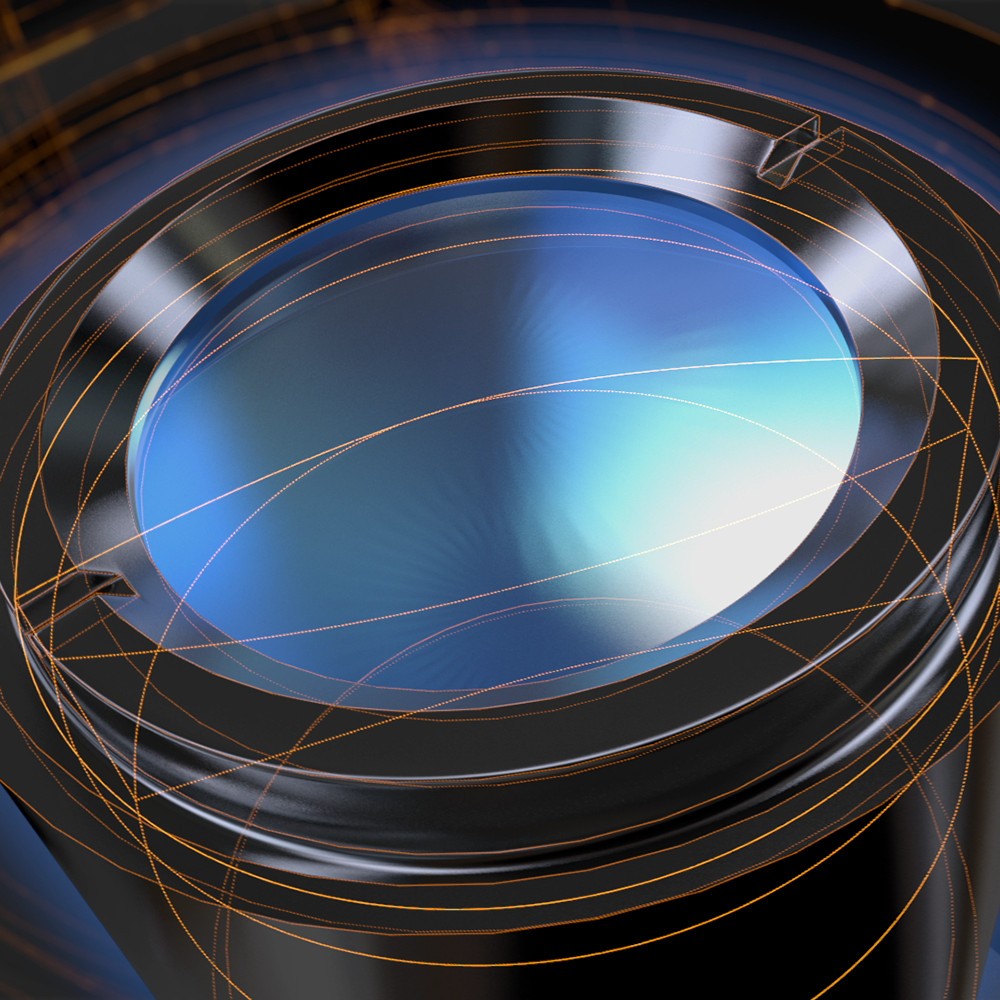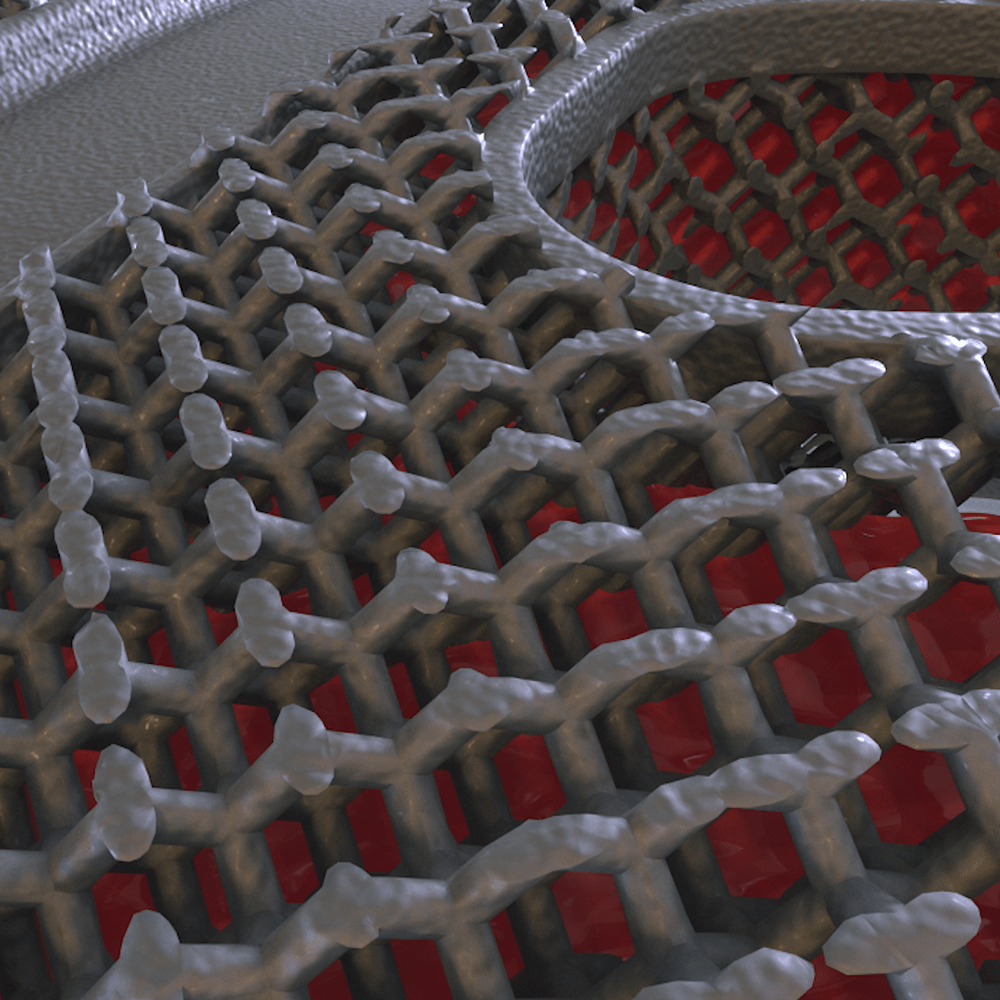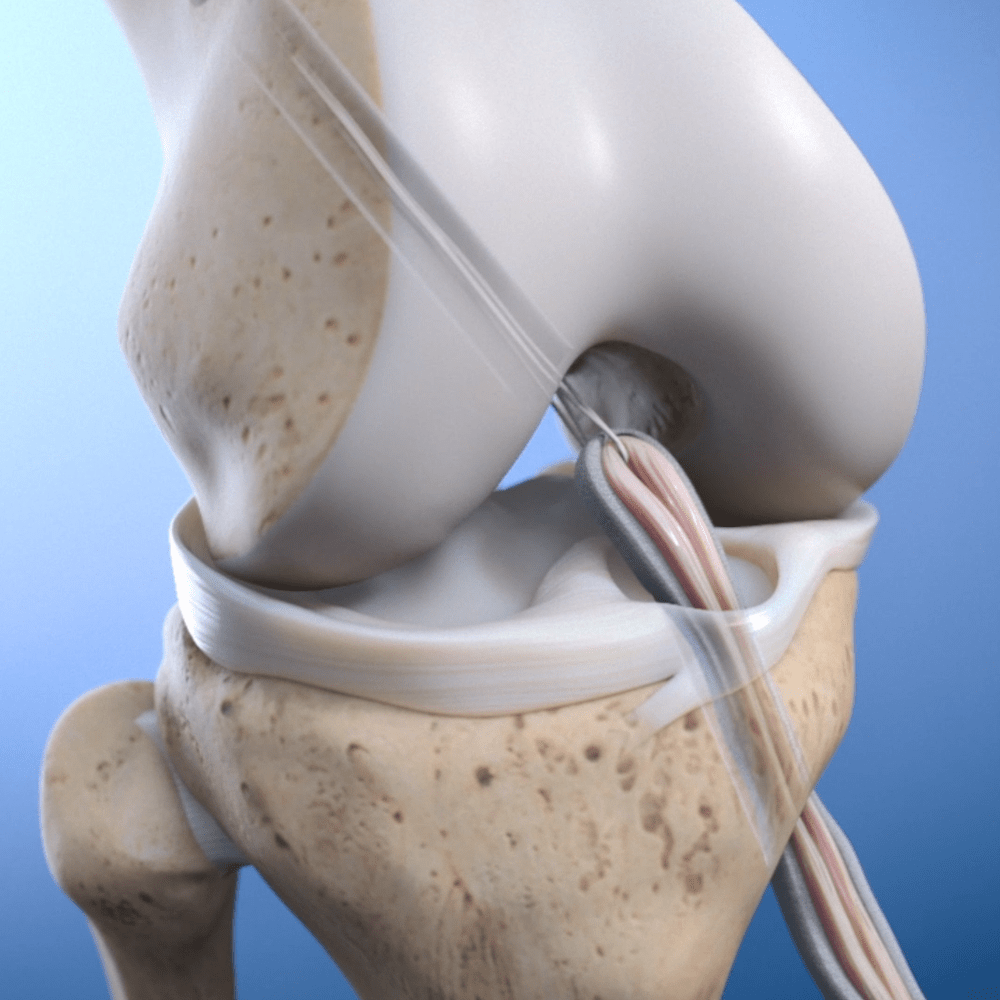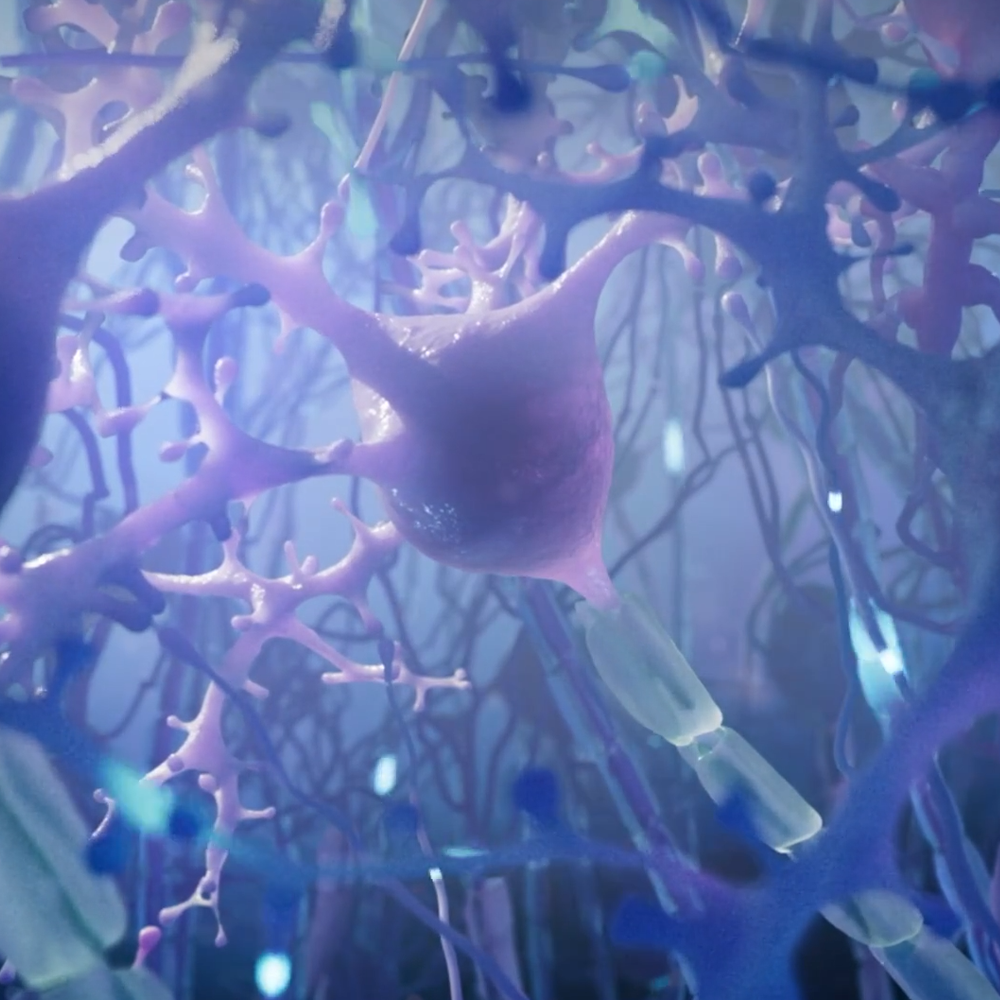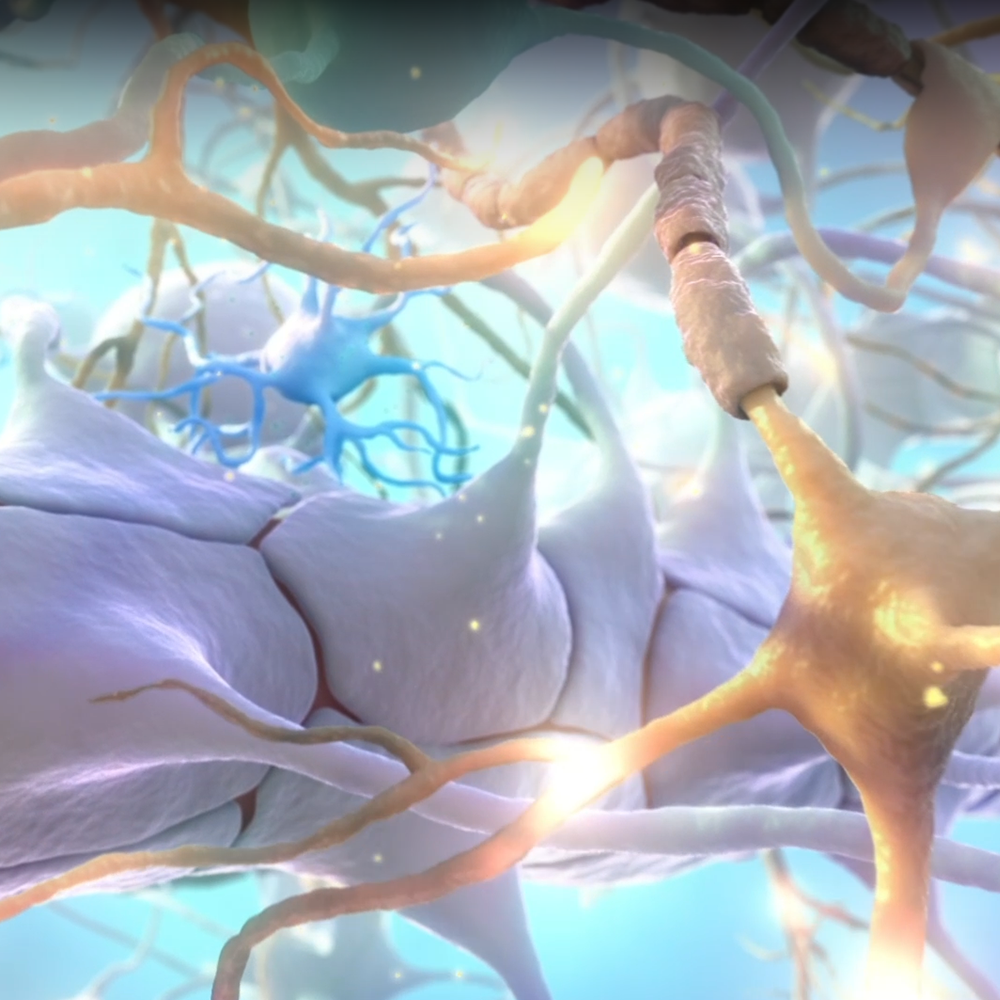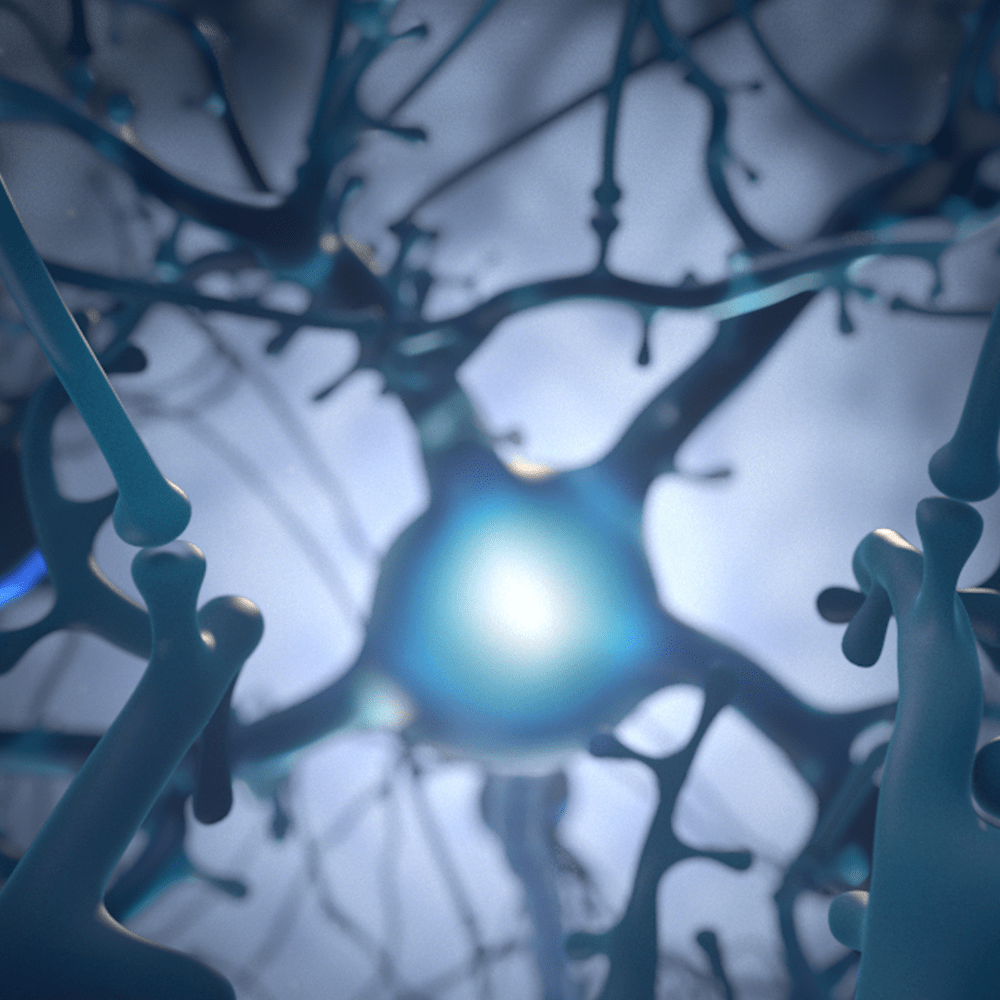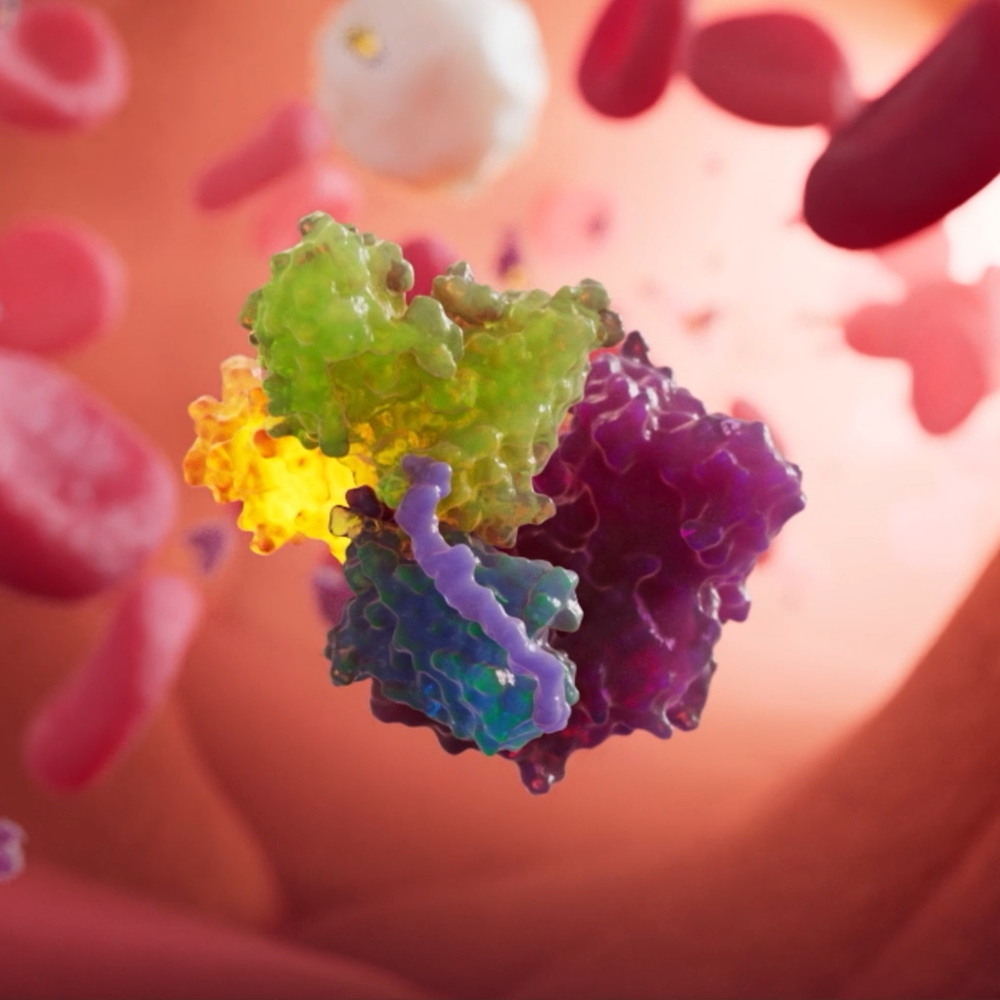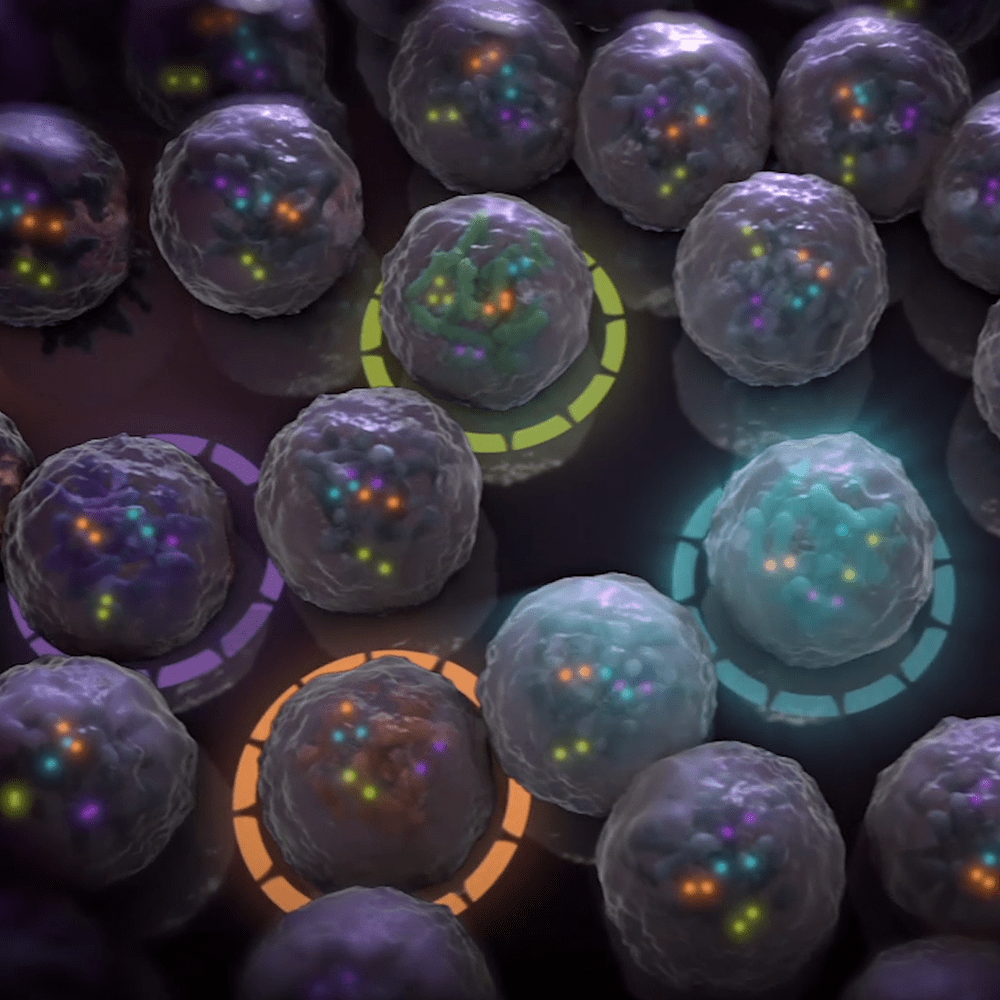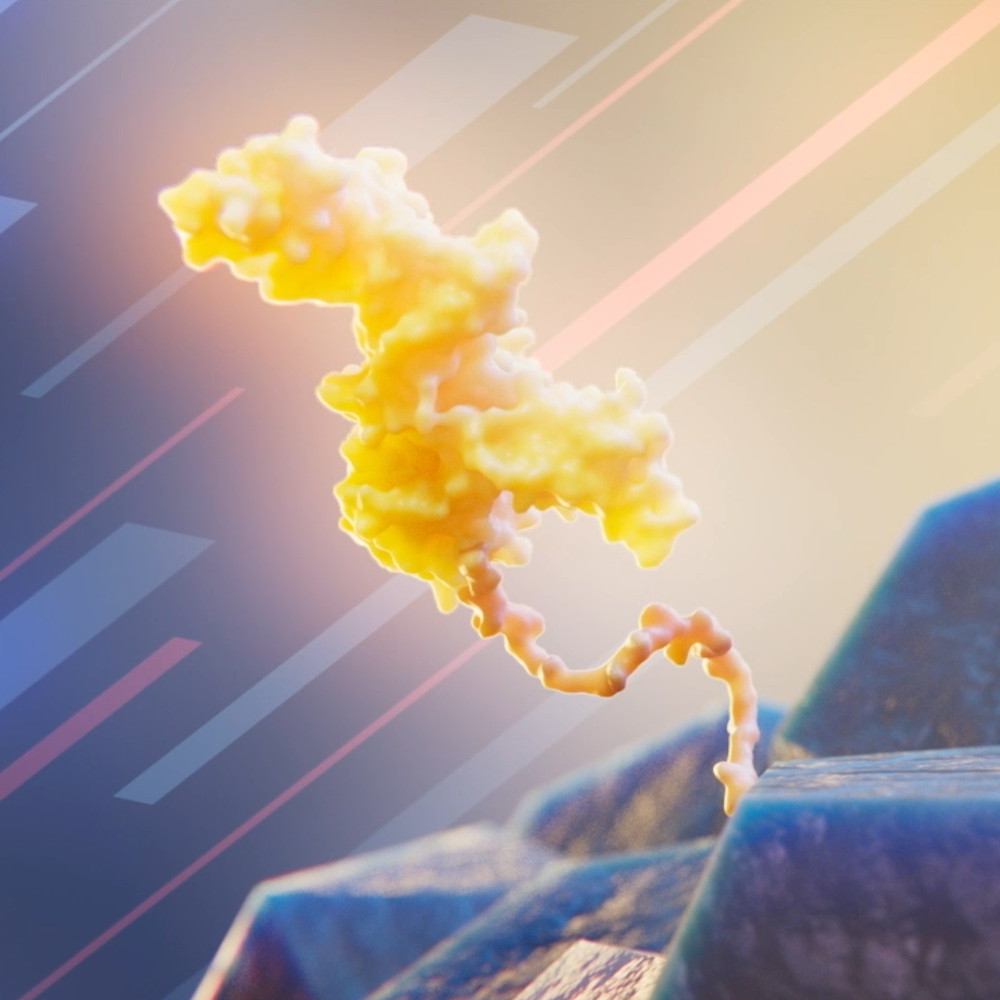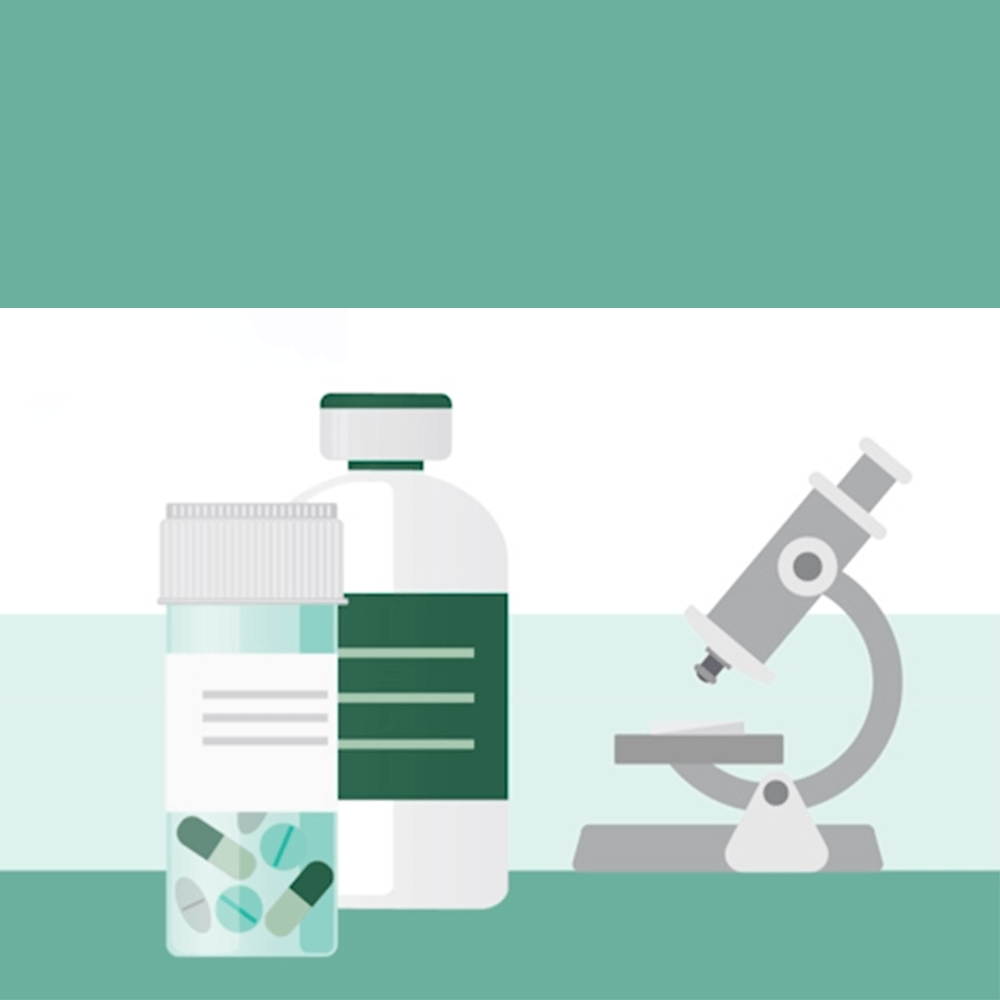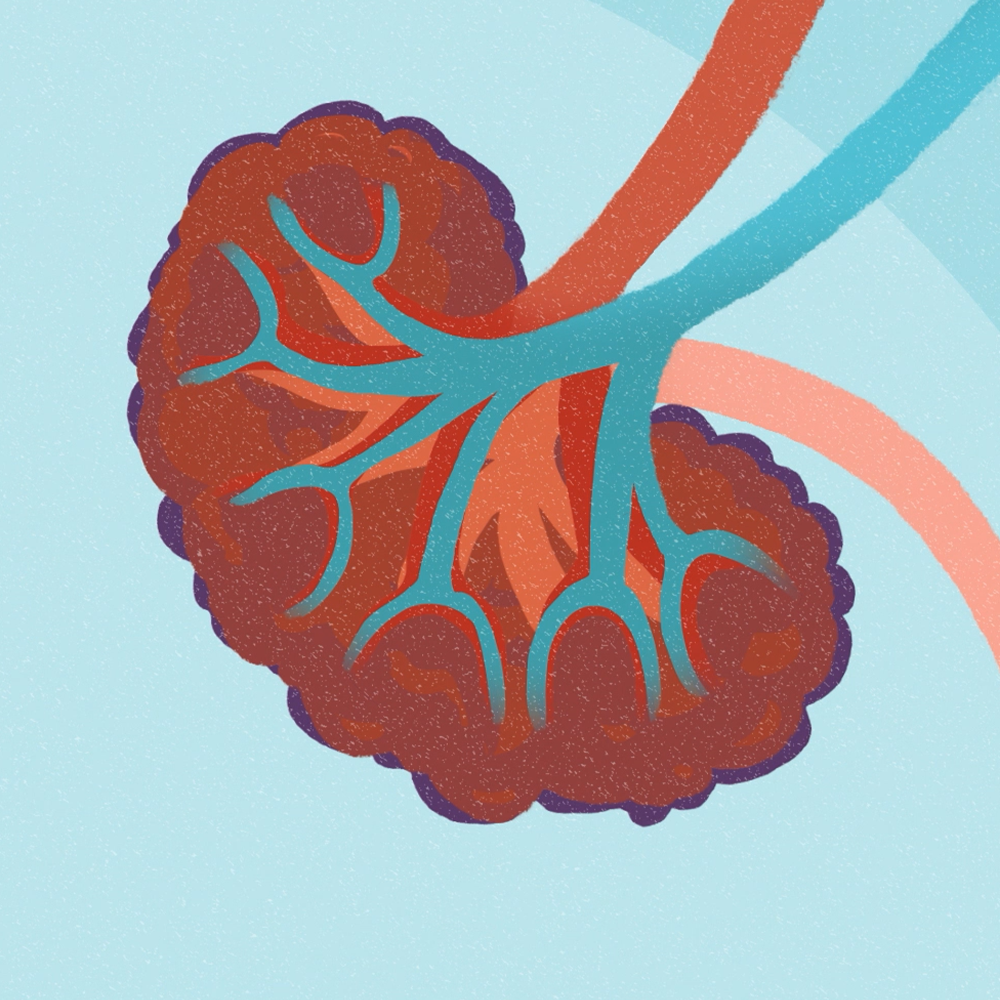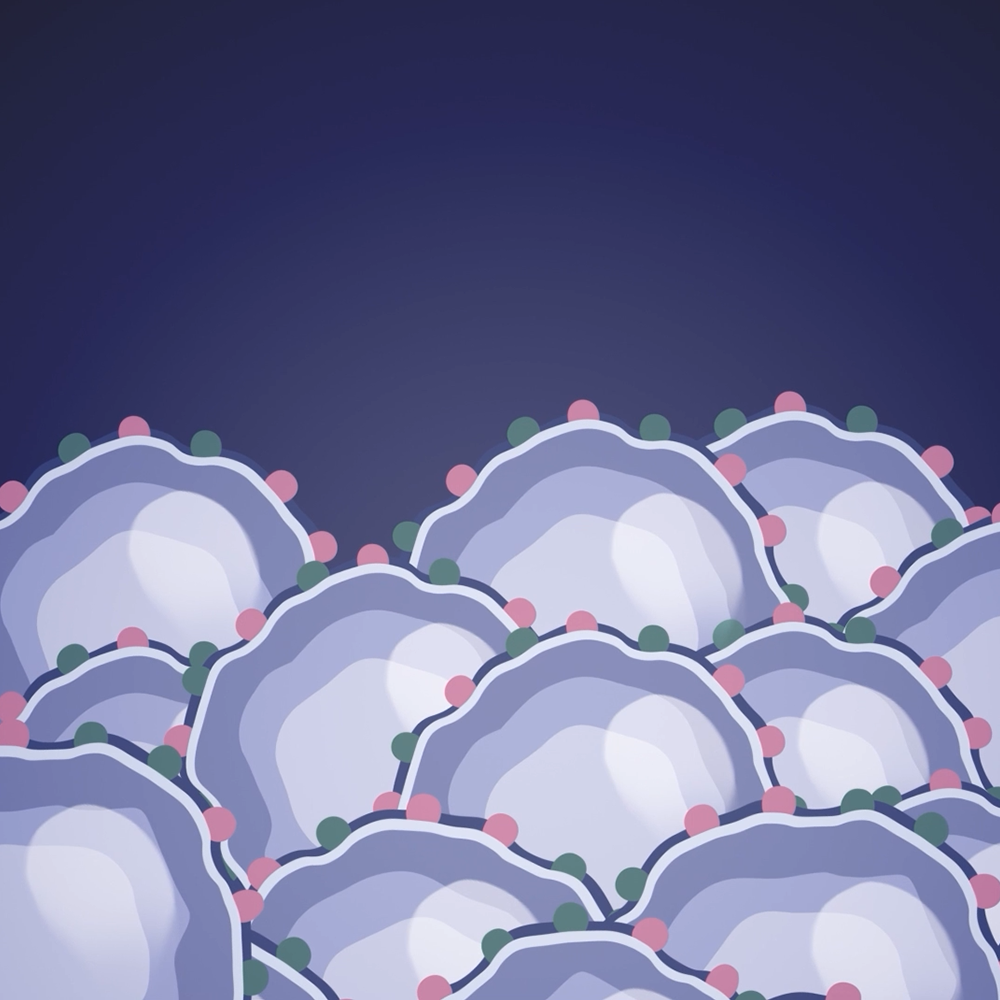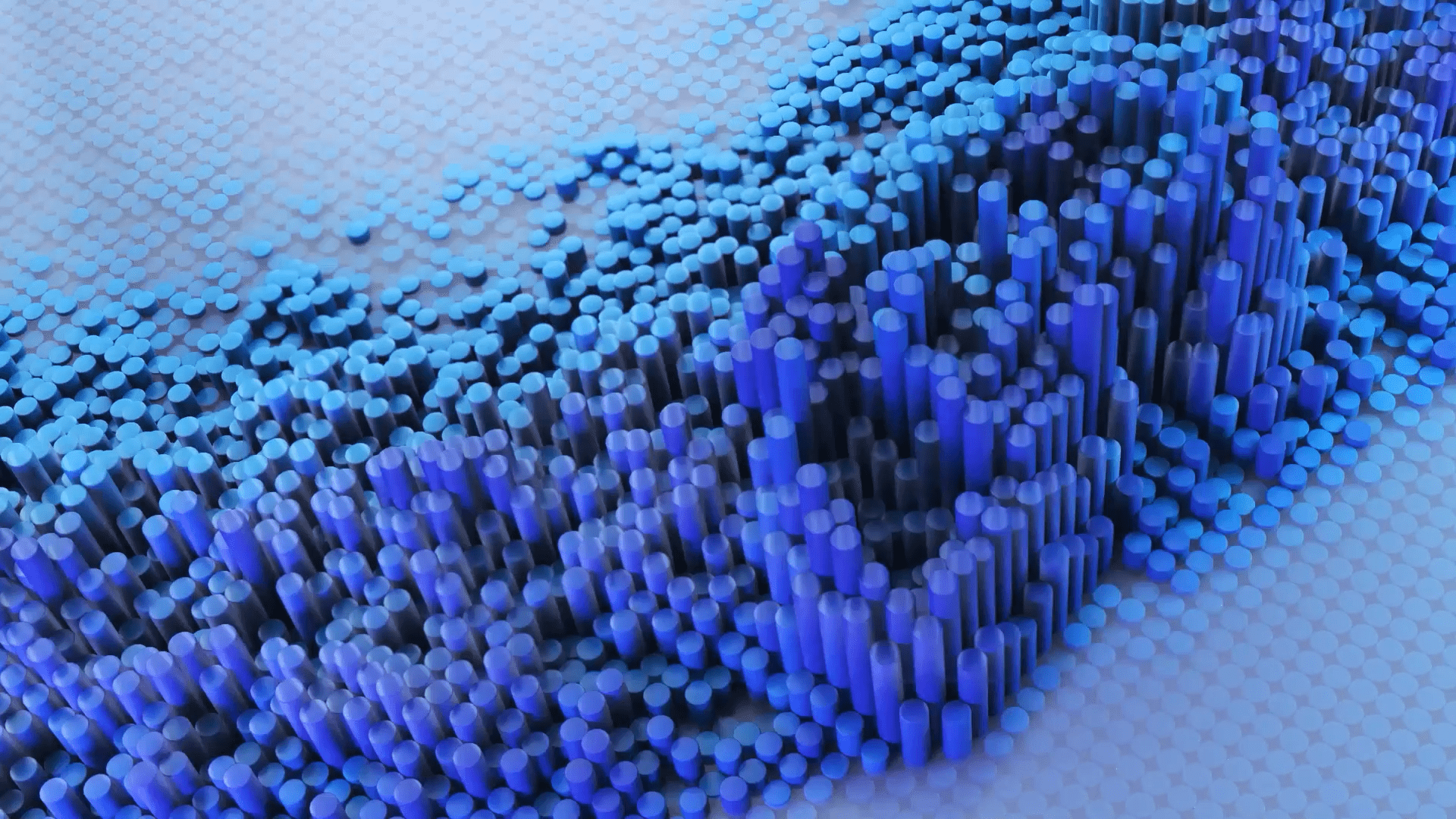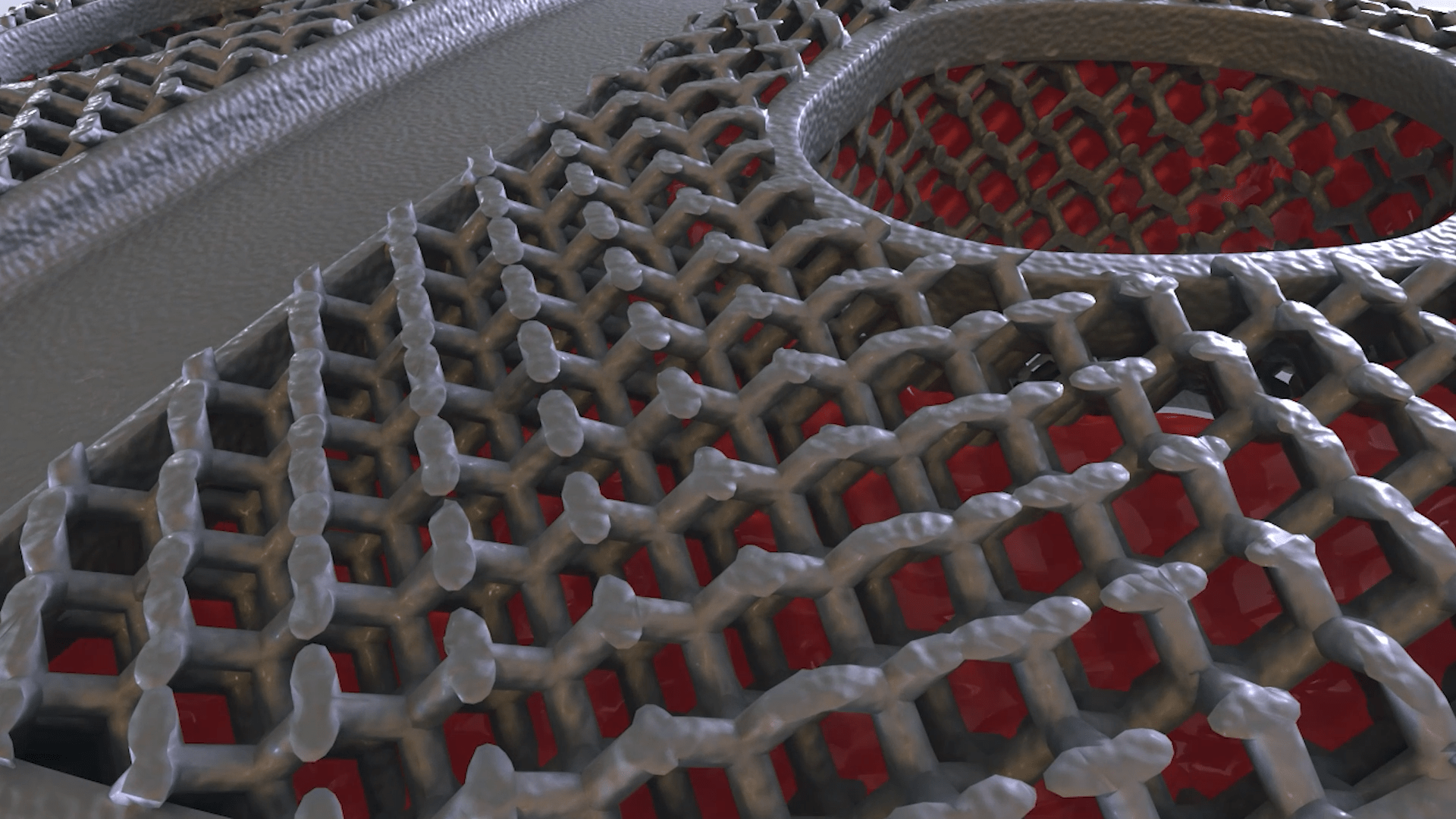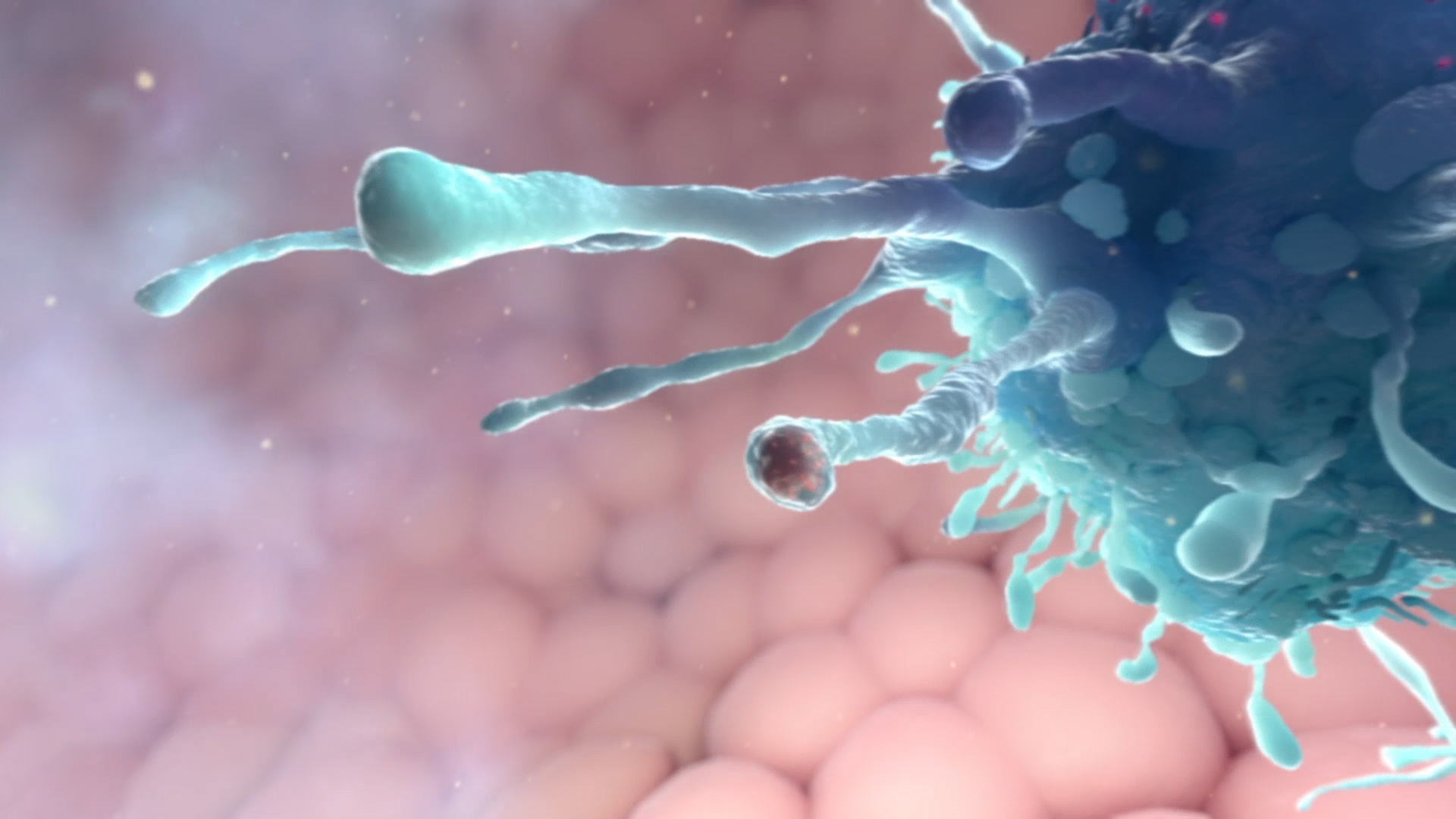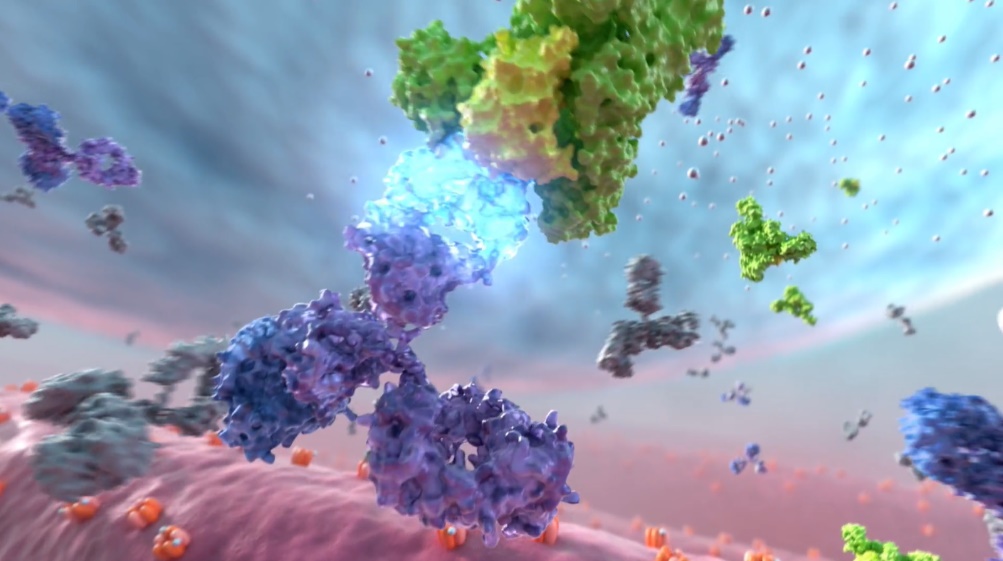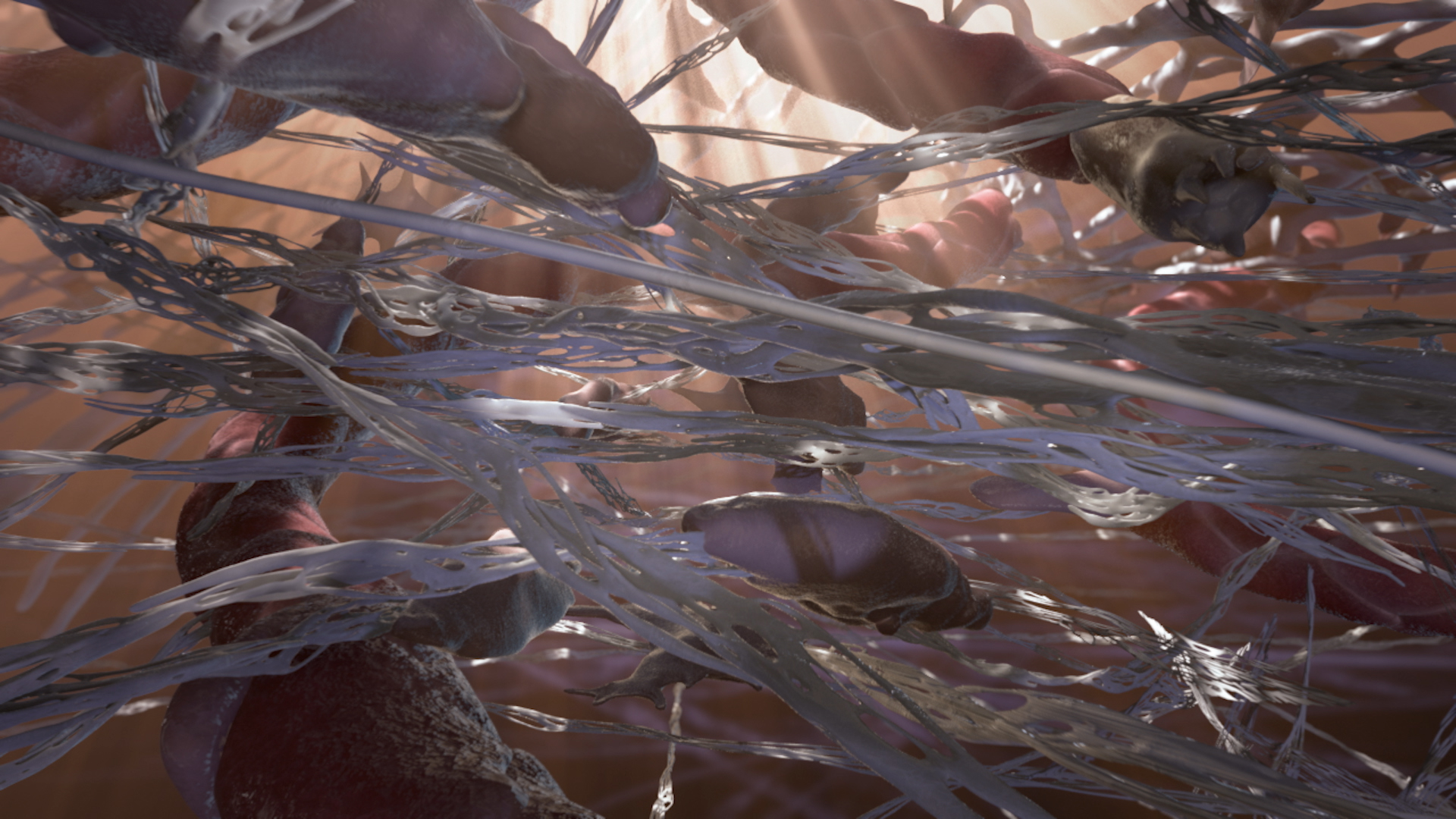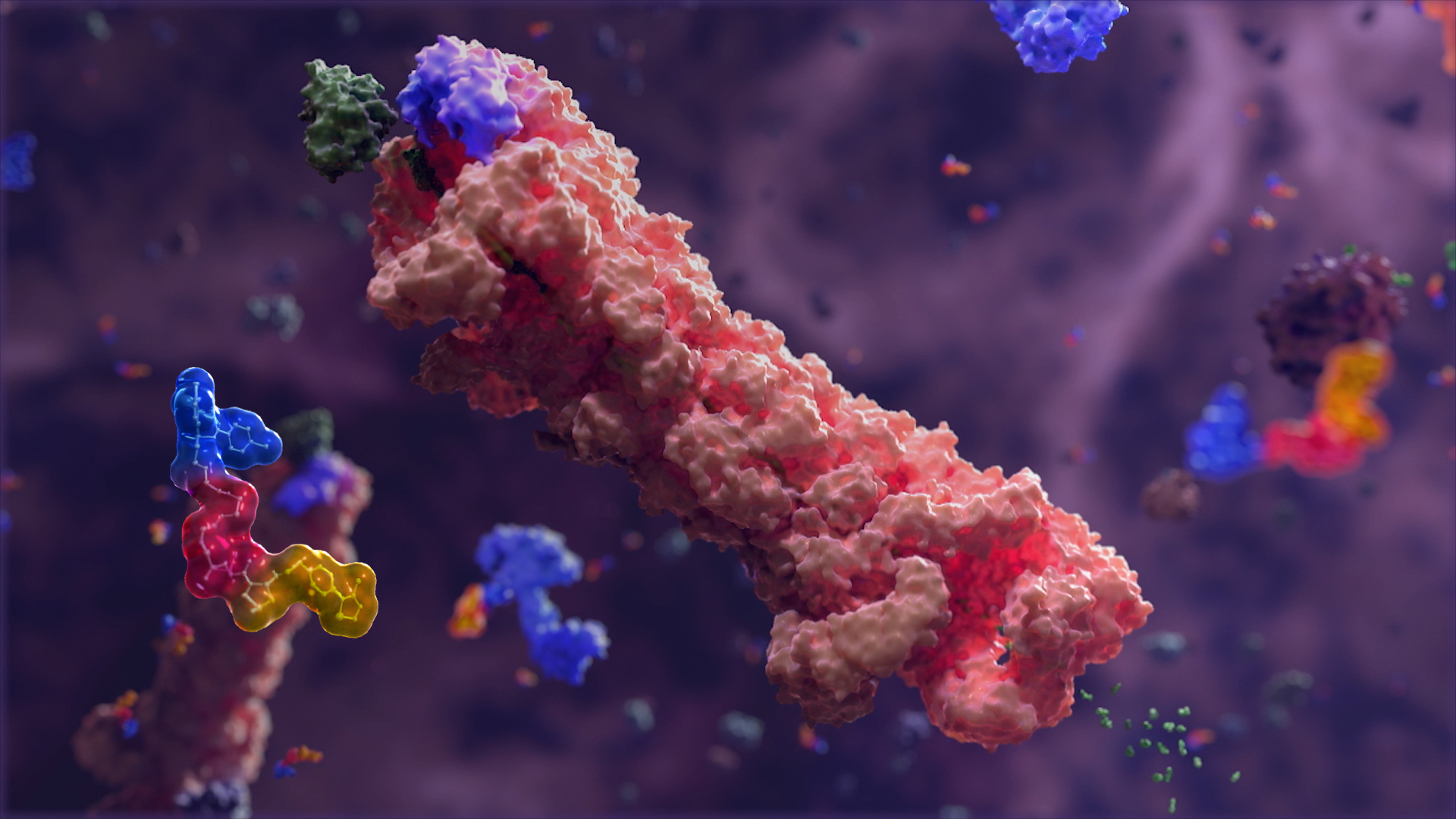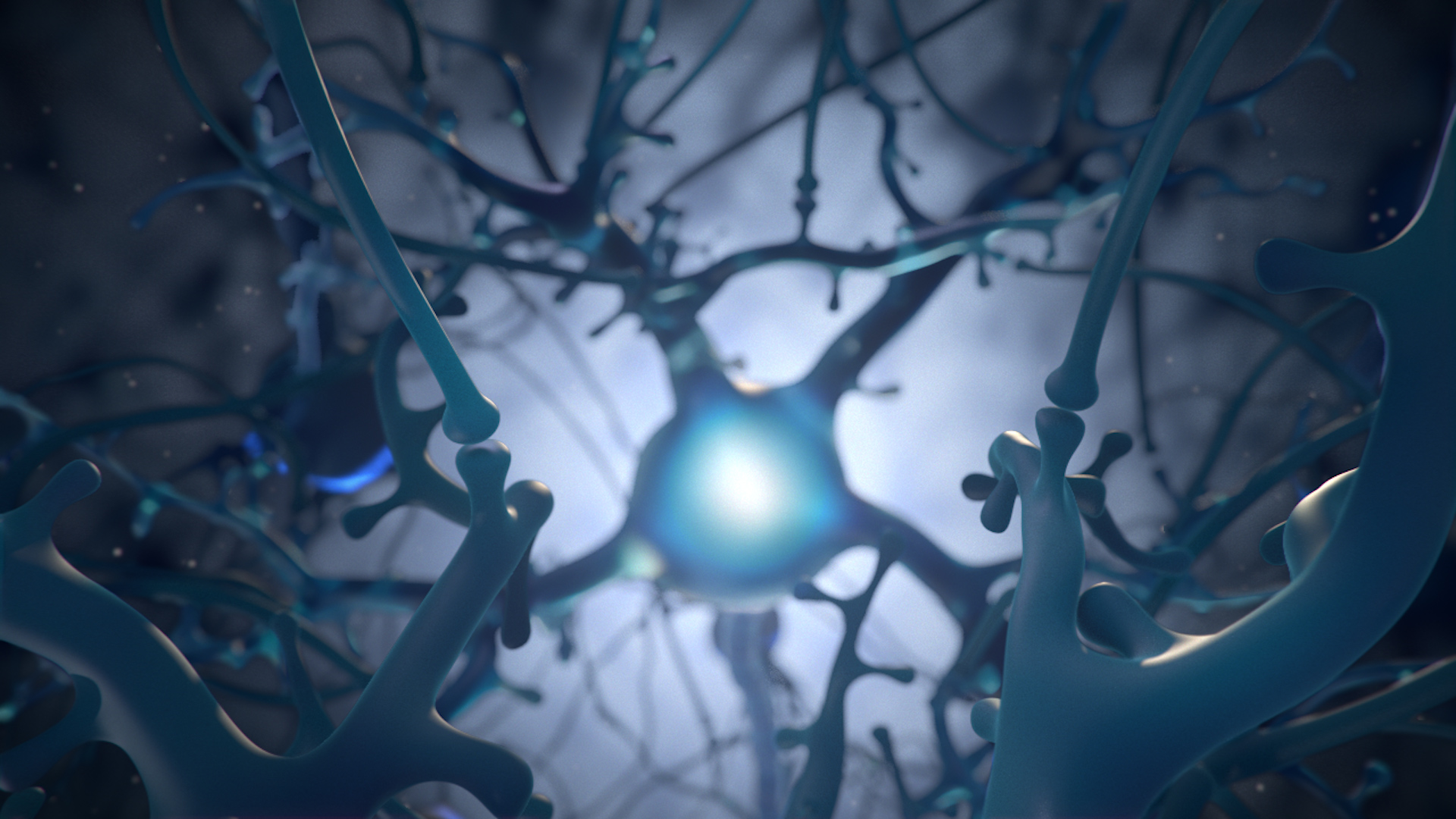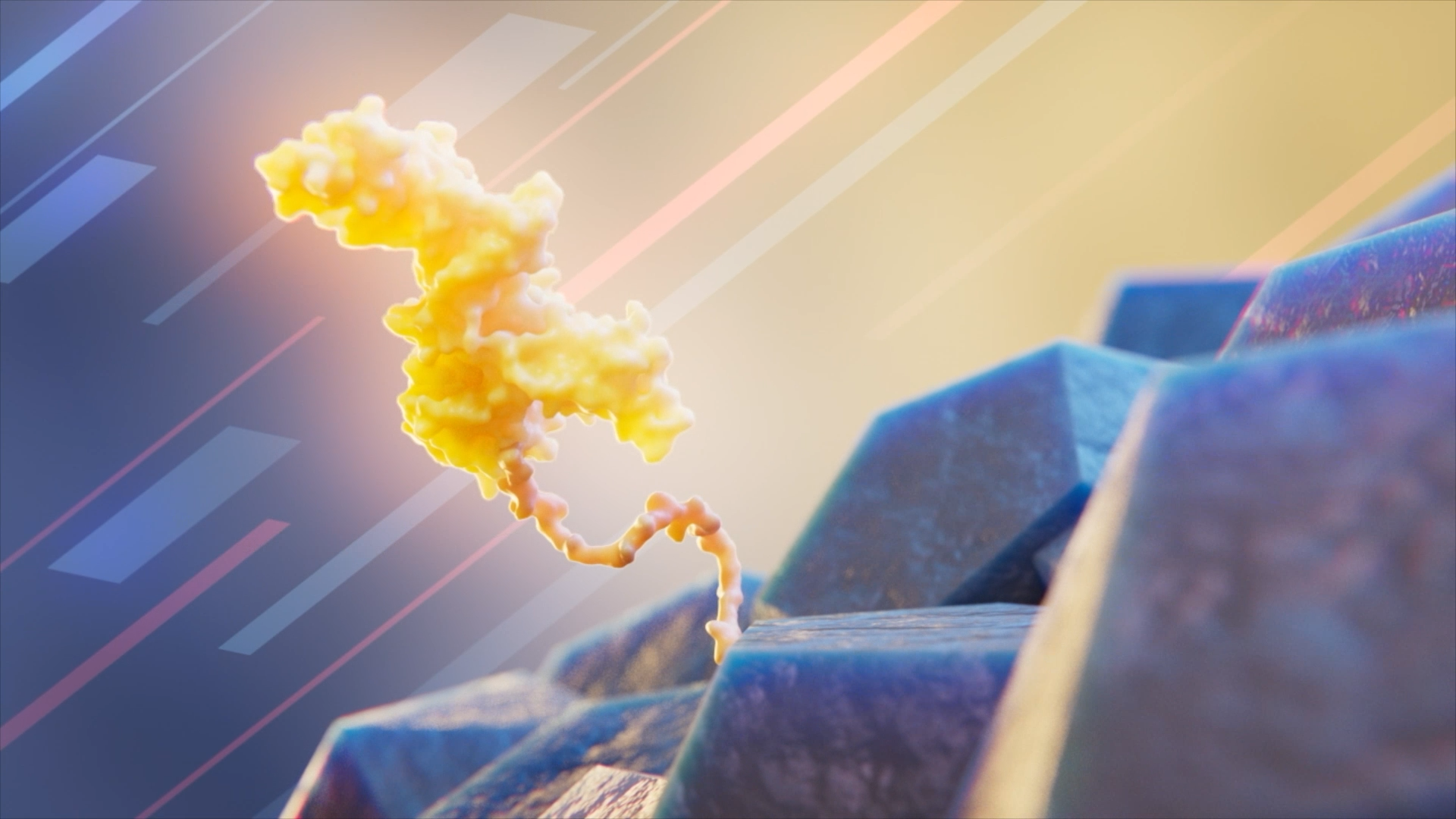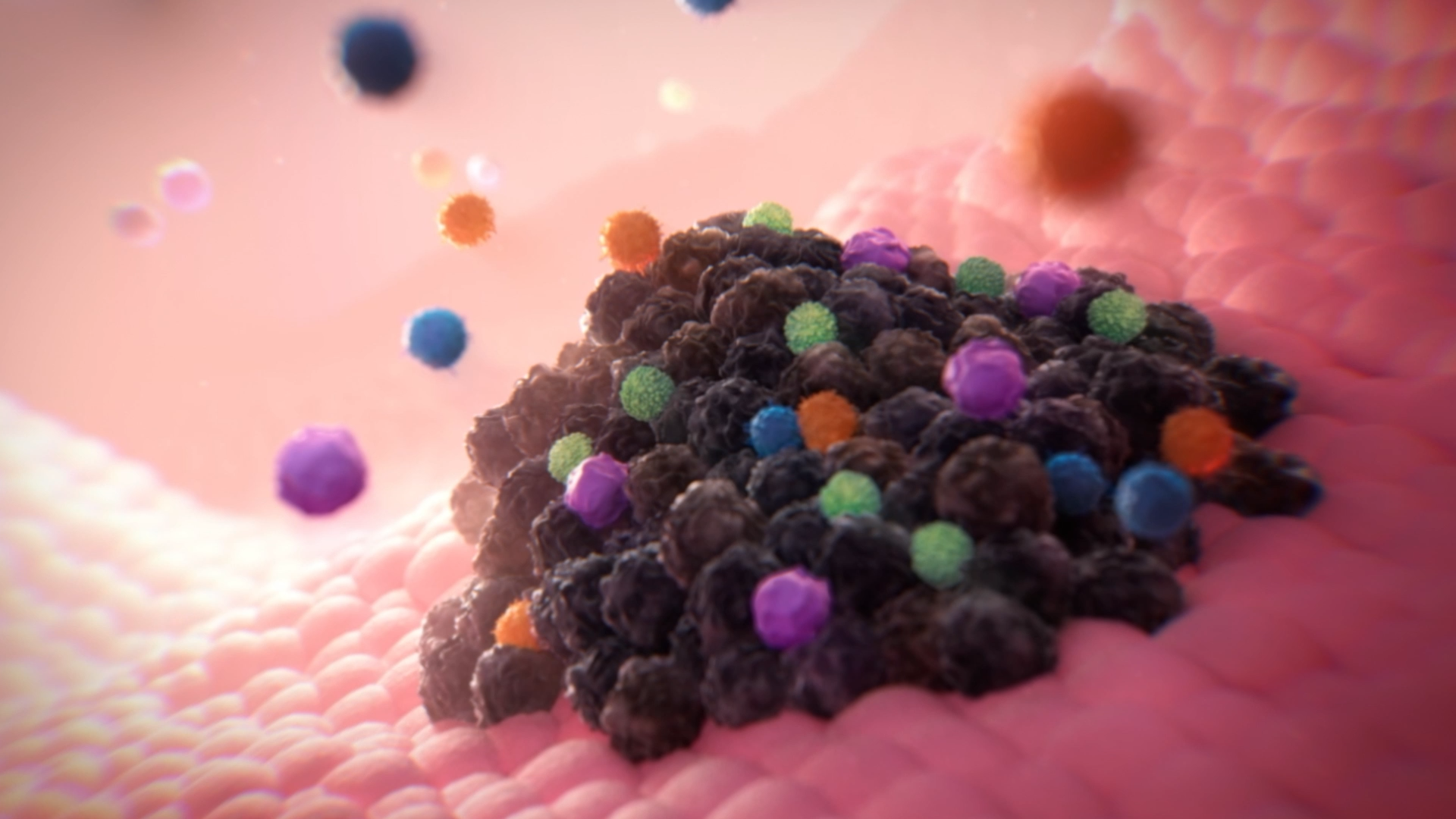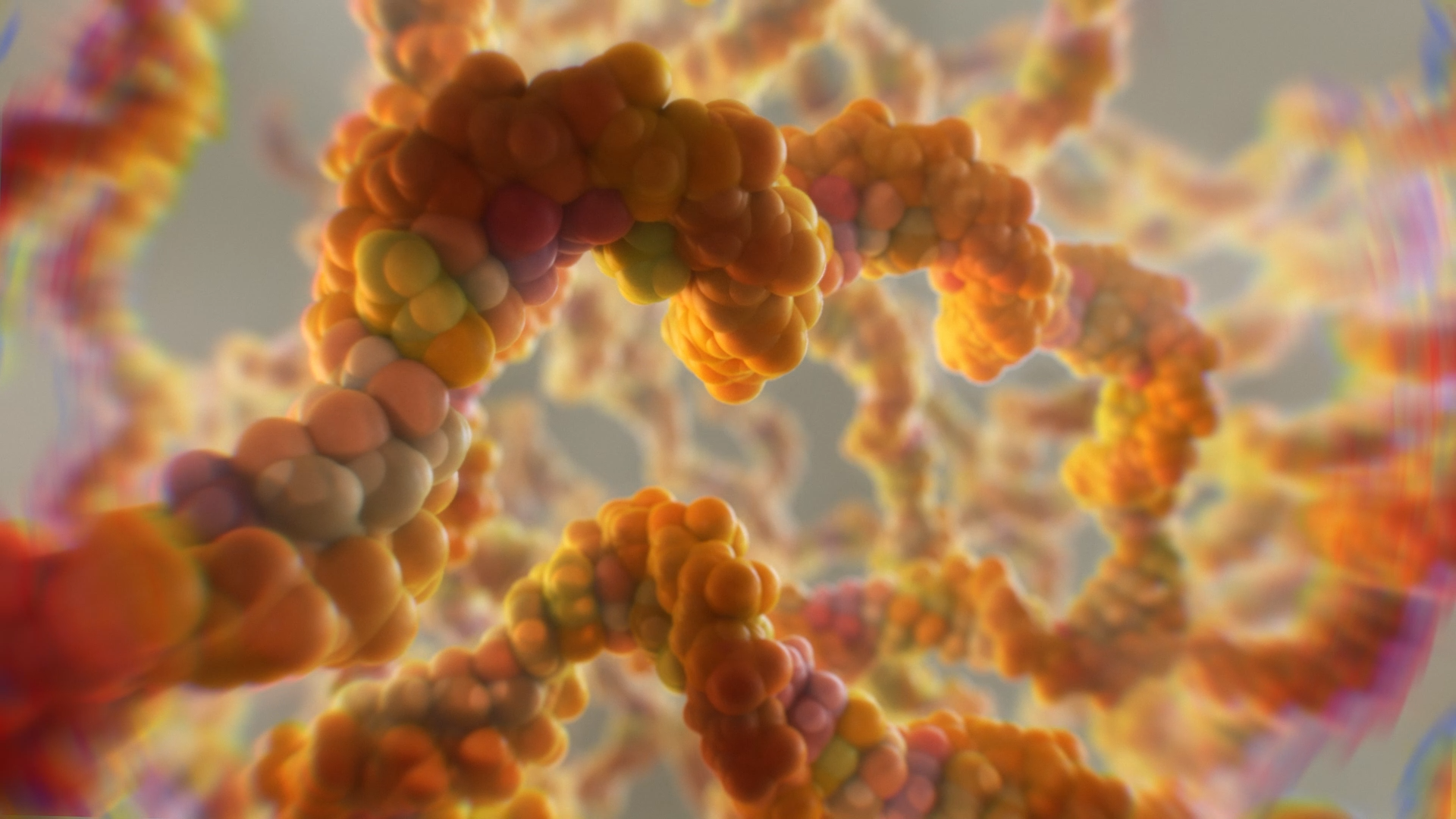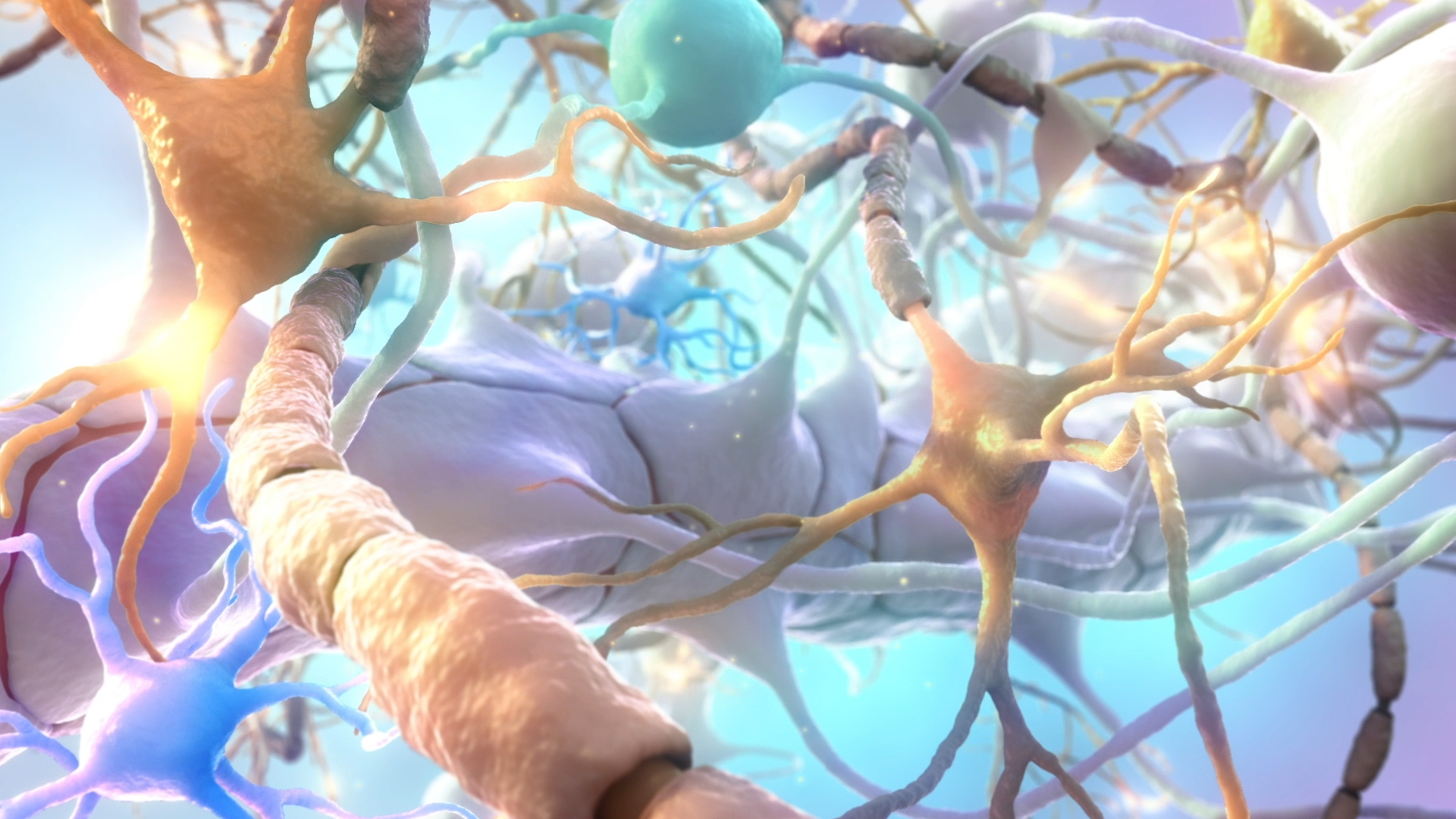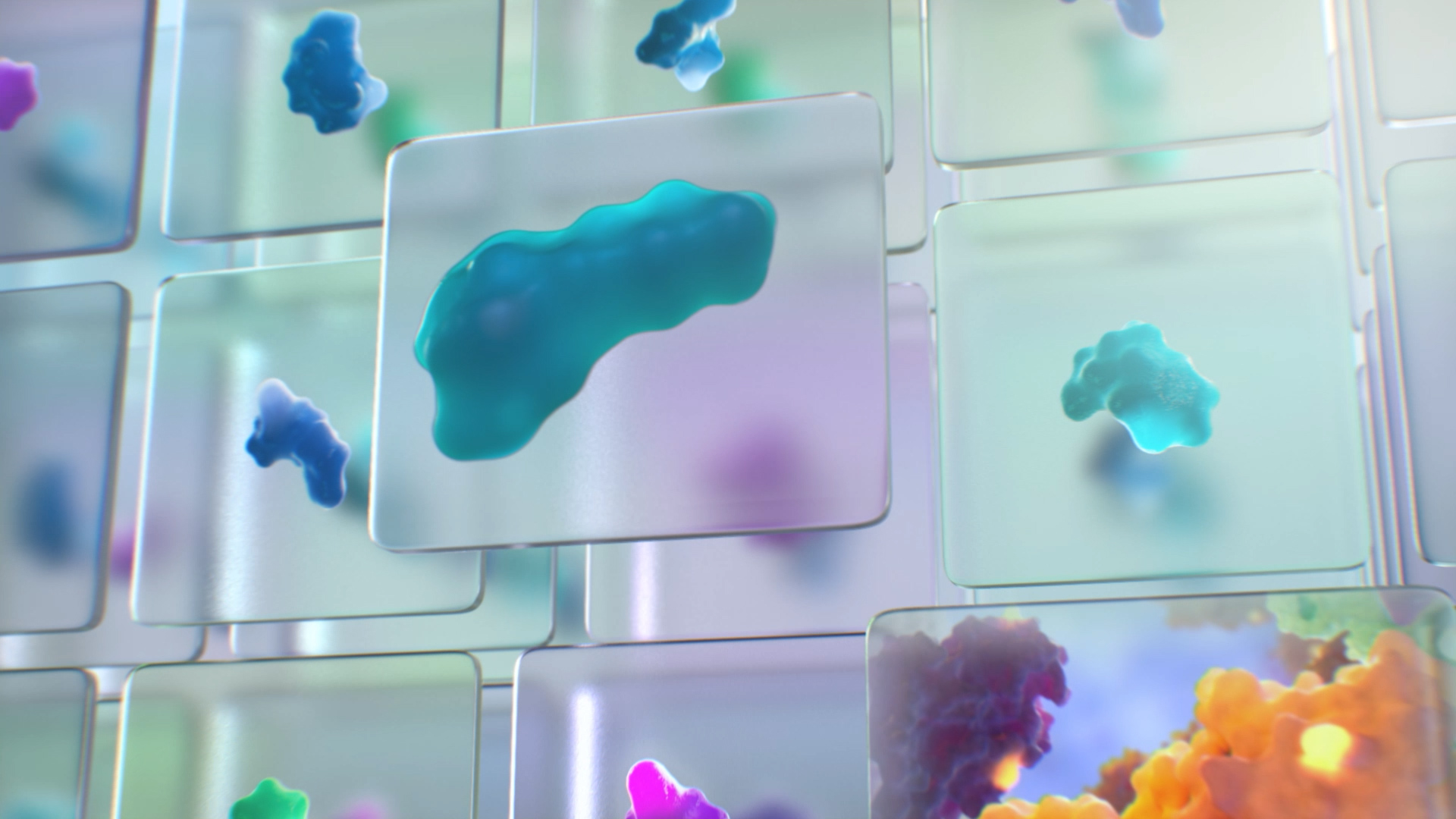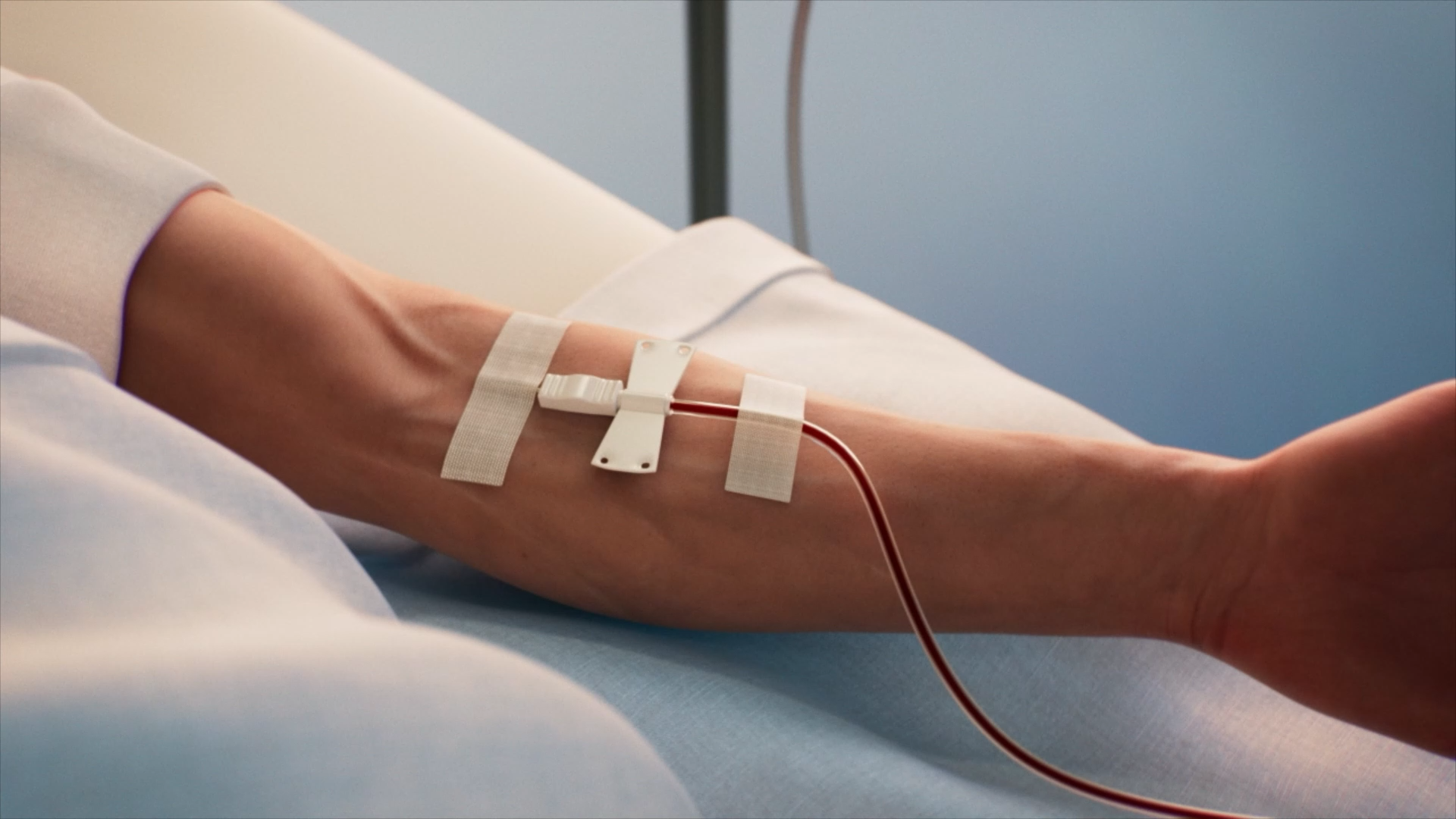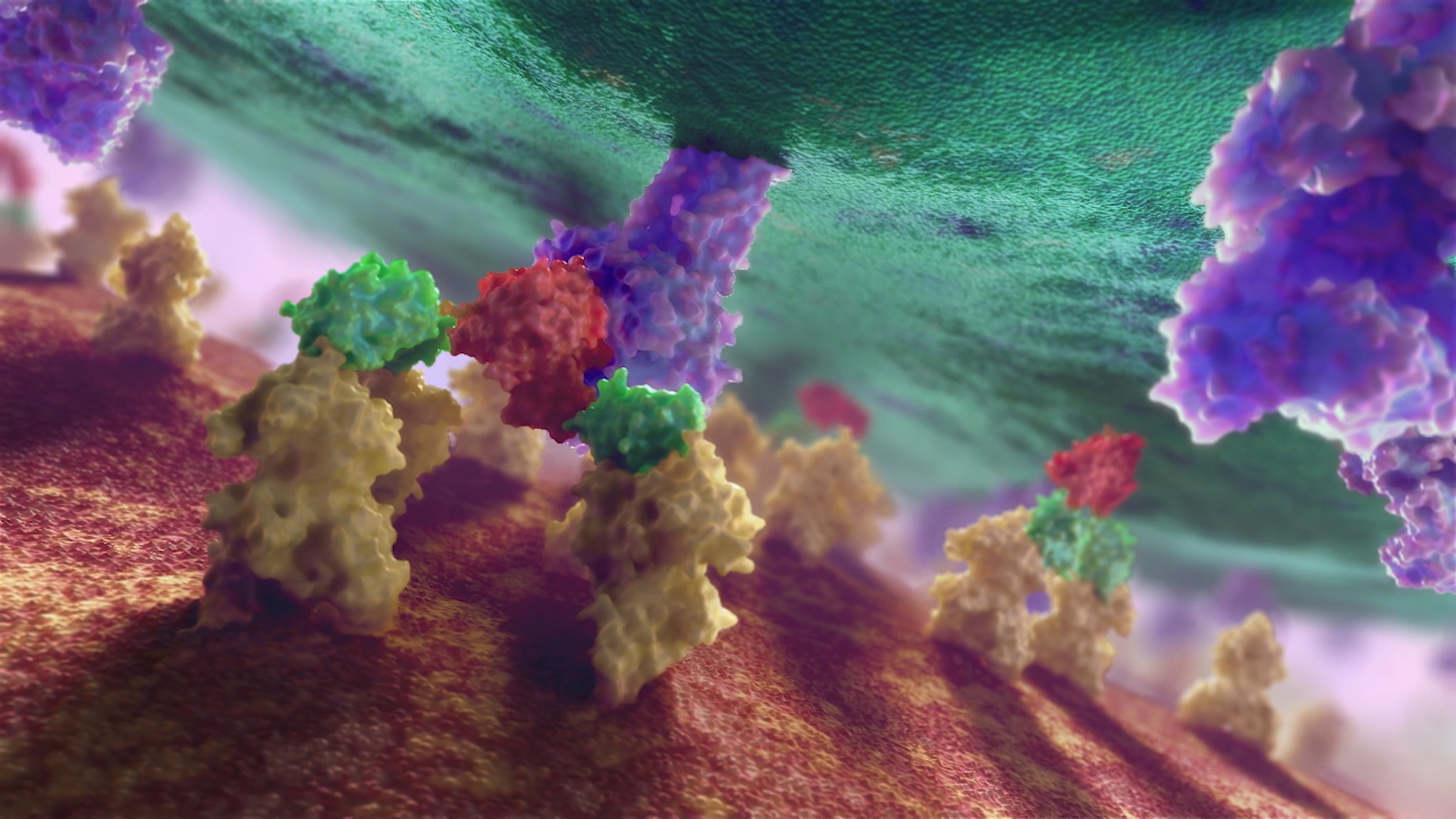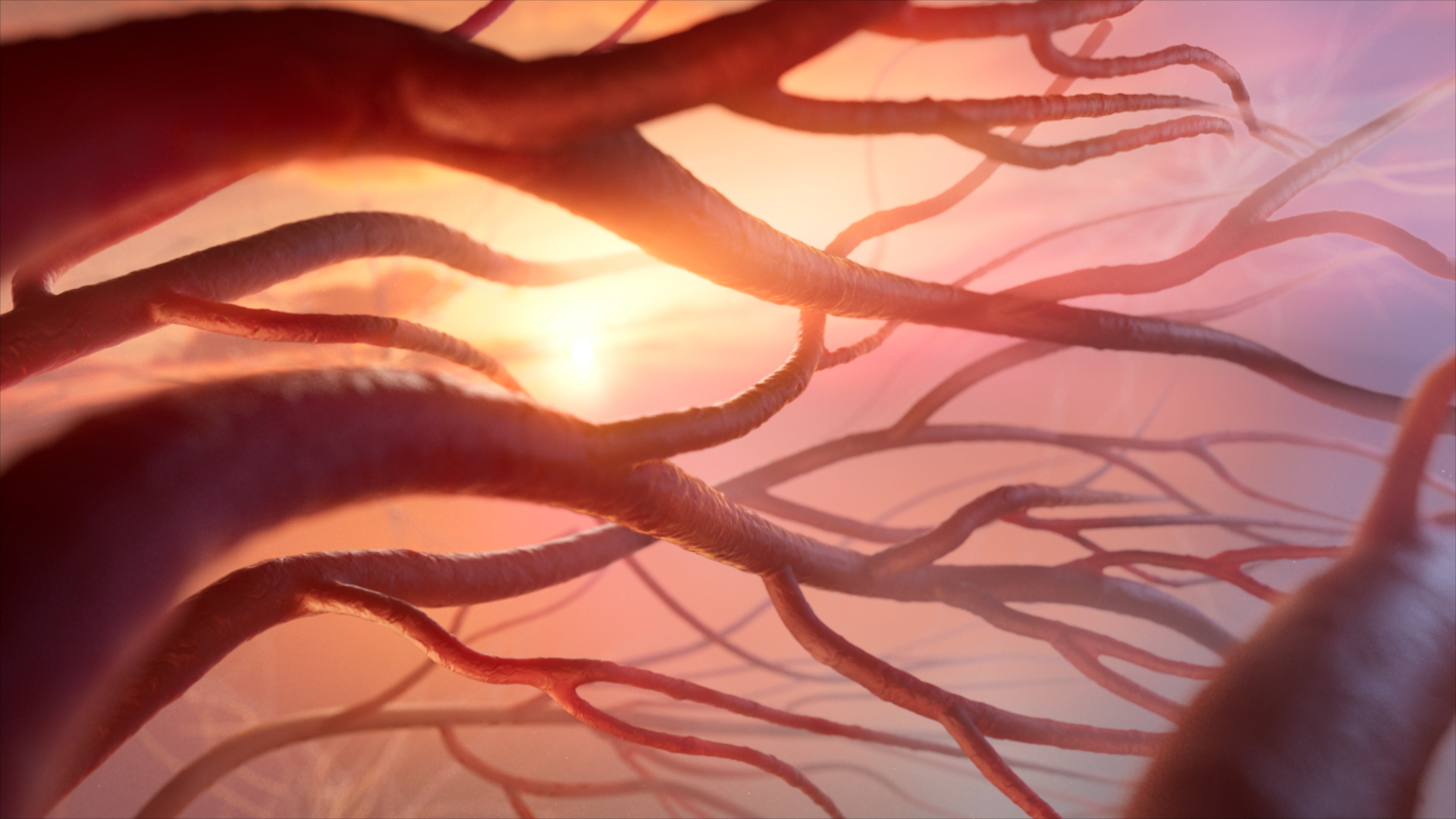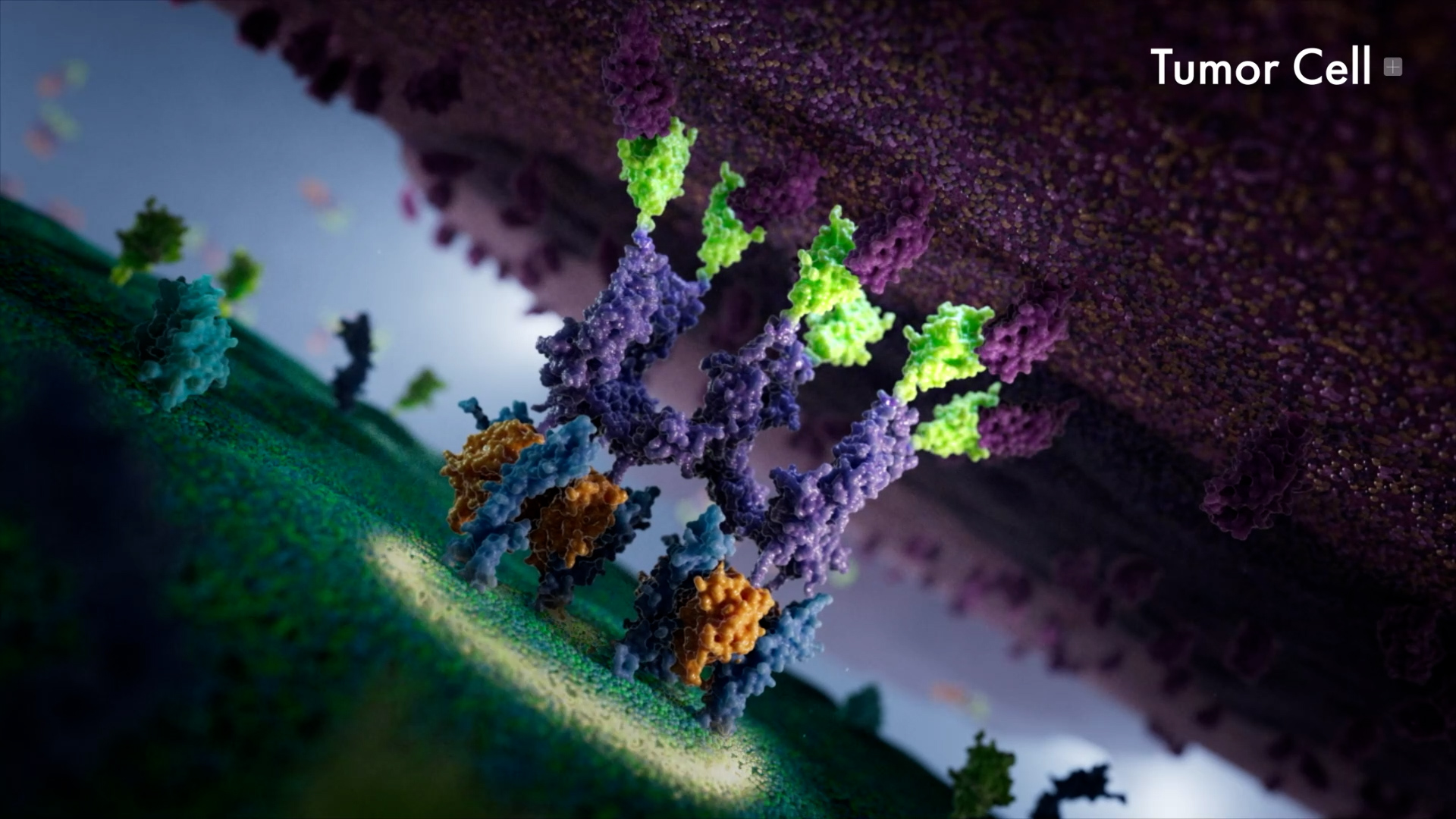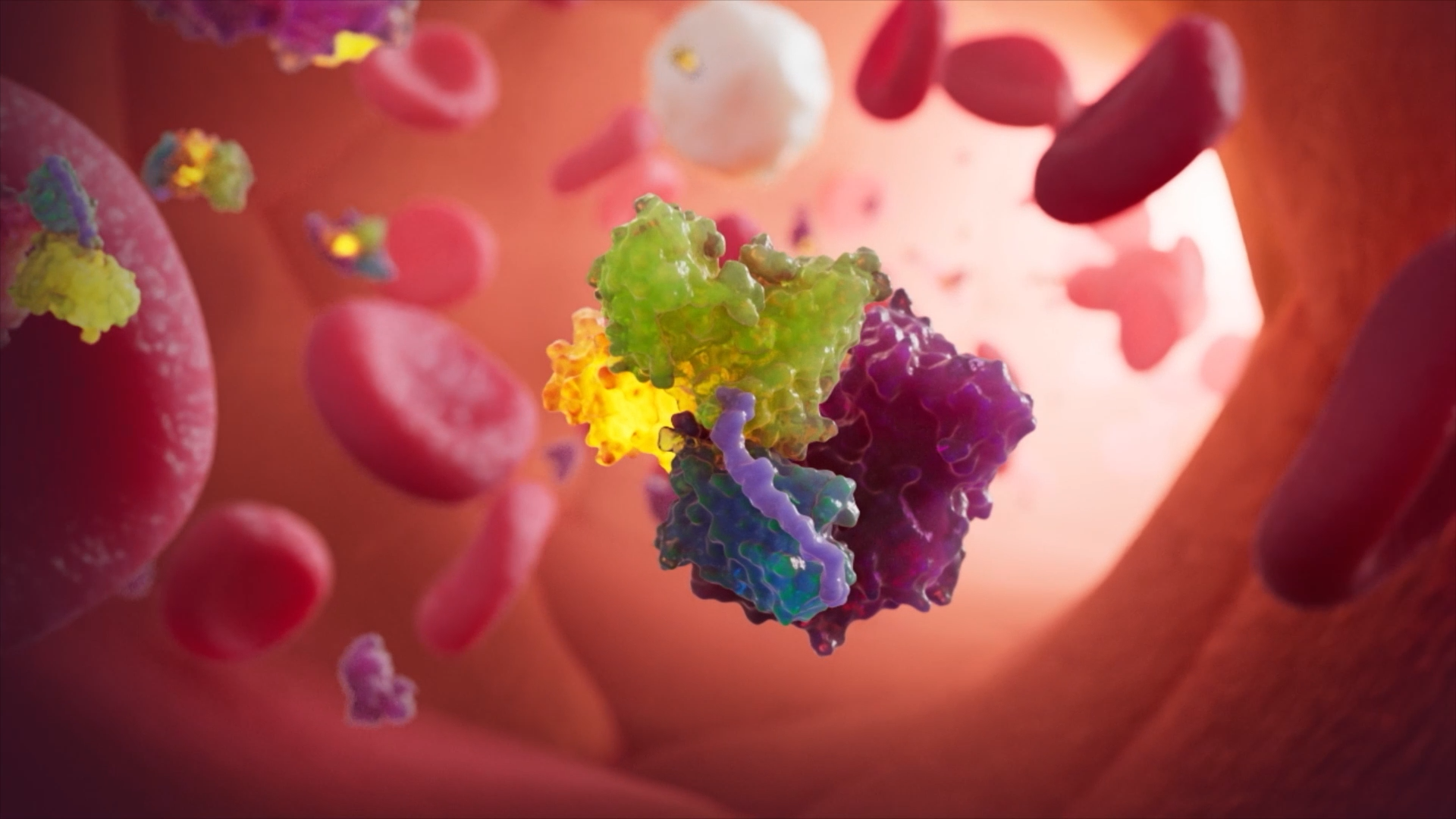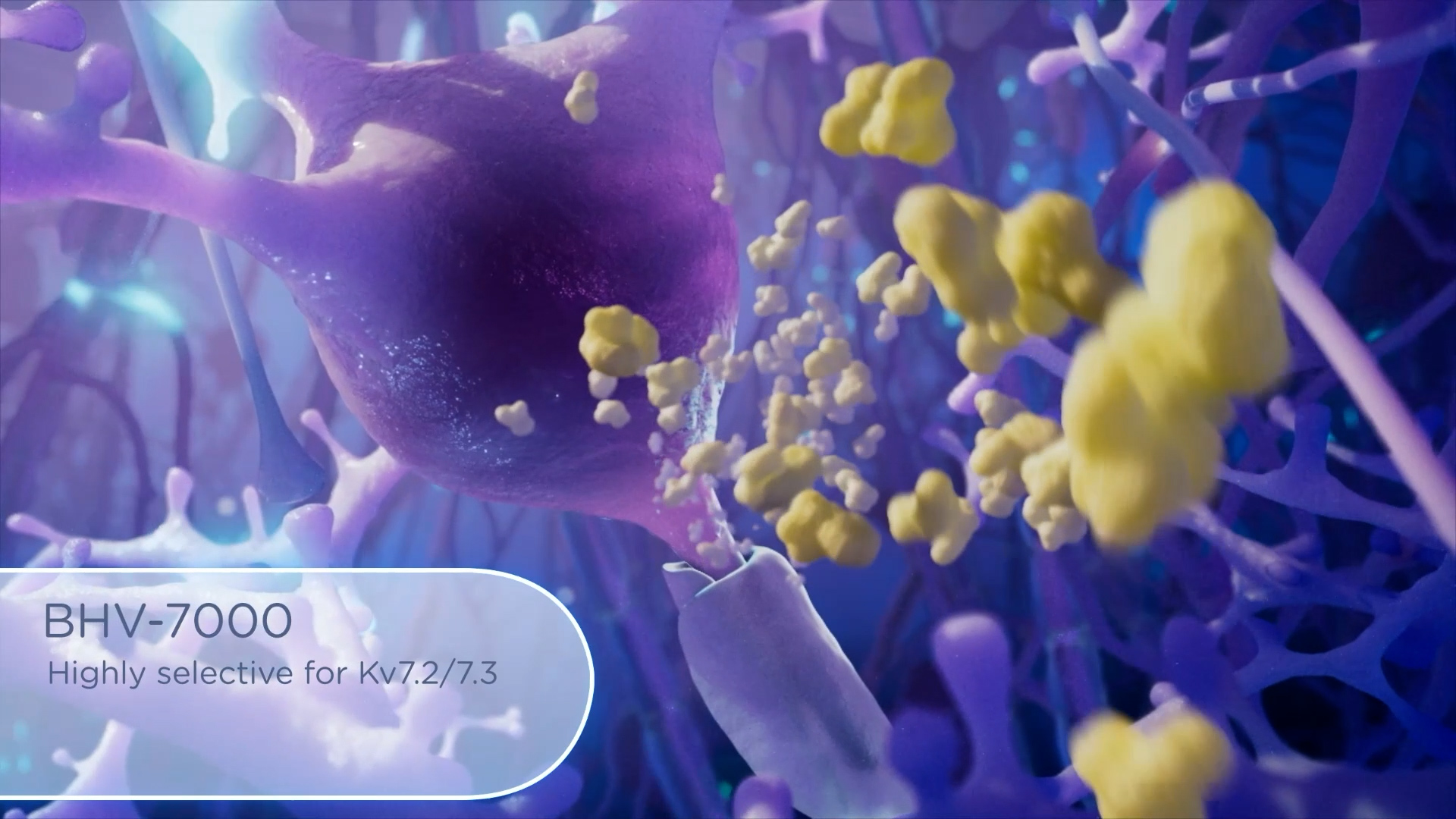Medical Animation
For over 20 years, our medical animation team has helped biotech, pharmaceutical, and educational institutions develop and express their ideas from the macro scale down to the molecular level. We excel at both Mechanism of Disease (MOD) and Mechanism of Action (MOA) animation, helping companies communicate their particular molecular target within a disease state, and describe how their molecule or compound affects this target.
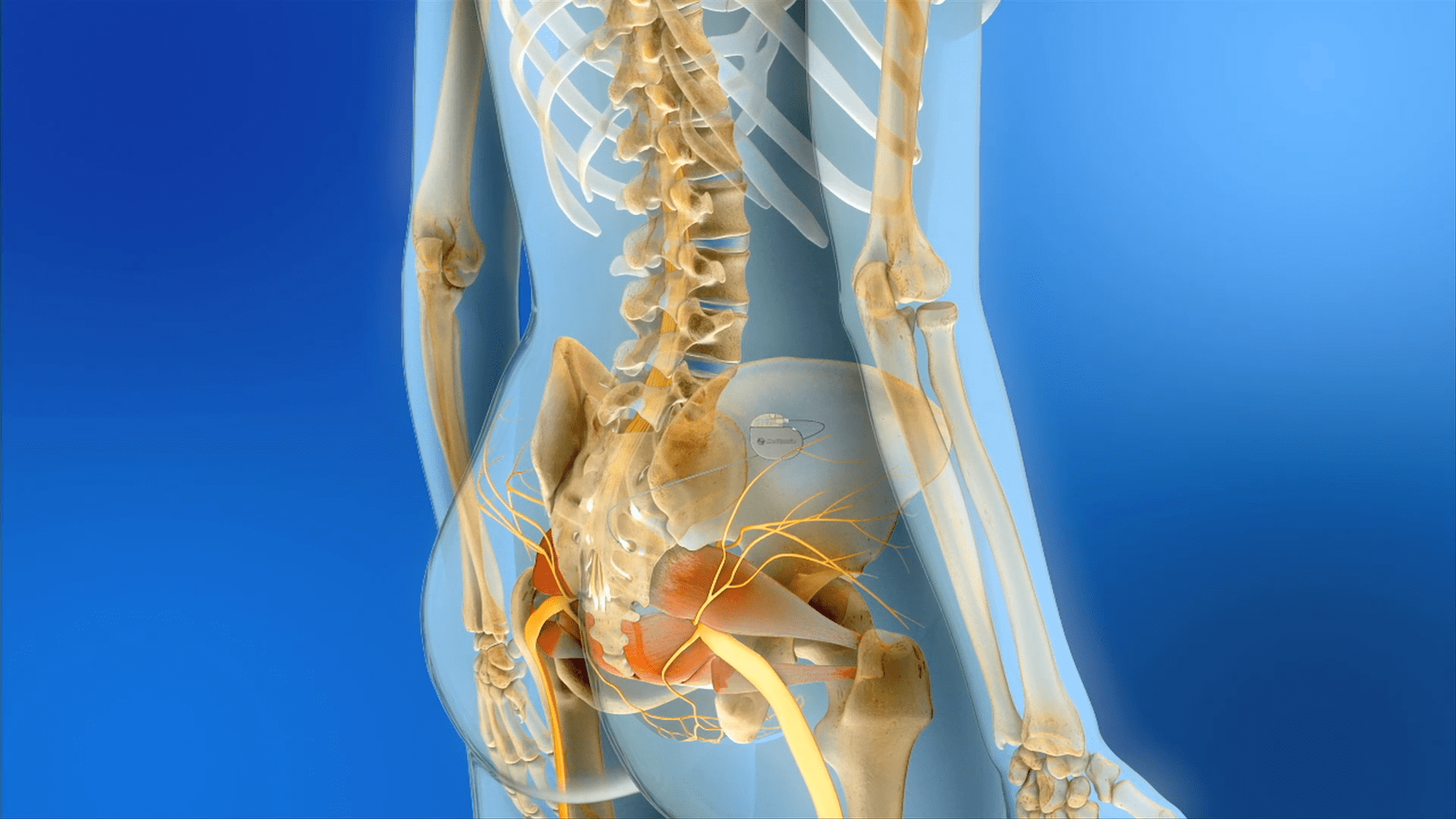
Why Use Medical Animations?
Medical media connects scientists with health care providers, startups with investors, and organizations with new audiences. Medical animation provides the opportunity to tell effective stories with engaging visuals that make complex biology comprehensible.
Our pharmaceutical clients use medical animation to tell stories about their discoveries. Medical animation helps physicians reassuringly explain treatment options and procedures to patients and their loved ones. In these contexts medical animation is key to building trust between the pharmaceutical companies and the medical community, and between medical practitioners and those they serve.
Types of Medical Animations
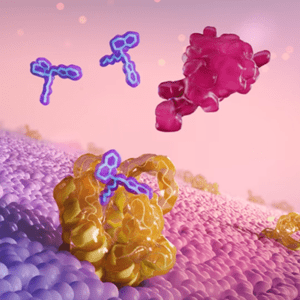
Animating how therapies work at the molecular and cellular level.
Explore MOA Animation >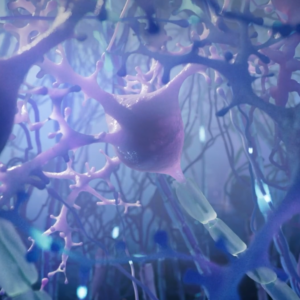
Visualizing the brain, neurological disorders, and therapeutic approaches.
Explore Neurology Animation >
Oncology Animation Clarifying cancer mechanisms and treatment innovations.
Explore Oncology Animation >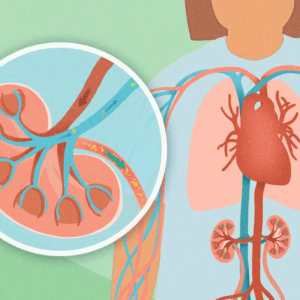
Fun, focused, and informative animation, built for patient understanding.
Explore 2D Animation >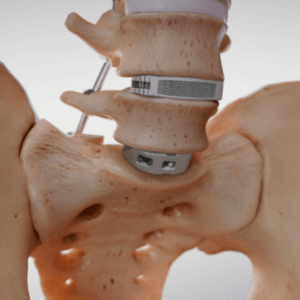
Showcasing device design, performance, clinical use, and market potential.
Explore Medical Device Animation Animations >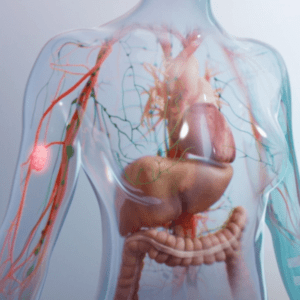
Clarifying protocols and purpose to support trial participation and build trust.
Explore Clinical Trial Recruitment Animations >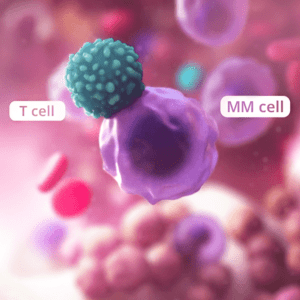
Helping patients understand their condition, treatment, and care.
Explore Patient Education Animations >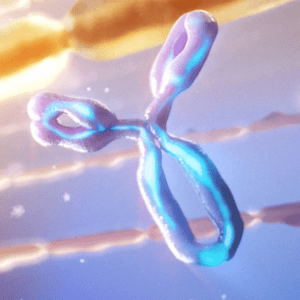
Translating science into visuals that solve communication challenges.
Explore Pharmaceutical Marketing Animations >Mechanism of Action (MOA) ANIMATION
Most biological processes are invisible to the human eye. Mechanism of Action (MOA) animation is an invaluable tool for understanding how treatments and devices work at a cellular and molecular level. Whether viewed by medical professionals, students, and patients, MOA animations help us understand the connection between medicine and our bodies.
Here are three recent examples of XVIVO MOA animation that we have developed for valued clients: Cobra Platform MOA, Ociperlimab MOA, and Listerine Antiseptic.
Medical Device Animation
Animation helps companies demonstrate the benefits of novel medical devices. Medical device animation enables physicians and researchers alike to visualize new tools and procedures in areas including wound healing, orthopedics, neurology, cardiology, and more.
Here’s a look at three wicked cool examples of medical device animation: Nikon – Expand Your View, Conduit Interbody Medical Device, and Biobrace Technology.
Neurology Animation
In the complex and evolving field of neurological care, from intricate brain functions to innovative treatments, neurology animations are more than just visuals – they are a source of inspiration and understanding. These animations demystify the often perplexing world of neurological conditions, turning complex medical concepts into clear, engaging visual narratives. They are pivotal in helping medical professionals, researchers, patients, and investors to deeply understand the nuanced world of neurology.
Here’s a look at three recent examples of neurology animations: KV7 MOA Animation, MPO inhibition in MSA and ALS Animation, and Neuralink Animation.
Oncology Animation
From intricate biological processes to cutting-edge treatments, oncology animations shed light on the complexities and potentials of cancer care. By illustrating the intricate mechanisms and impacts of oncological procedures with vivid and engaging visuals, oncology animations bridge the gap between complex medical concepts and practical comprehension, fostering understanding and driving progress in cancer research and patient care.
Here’s a look at three recent examples of oncology animations: Predator Platform Technology Animation, Chromosomal Testing In Chronic Lymphocytic Leukemia Animation, and Sonnet Platform MOA Animation.
2D Medical Animation
At XVIVO, we’re passionate about breaking down the barriers of scientific complexity to bring captivating stories to audiences worldwide. Our expertise lies in pushing the boundaries of scientific visualization through 3D animations that detail the realms of science and medicine. However, we understand that not all audiences require or desire such detail. That’s why we also recognize the importance of simplicity in scientific storytelling. Enter our 2D animation expertise… a powerful option to present complex concepts in a format that resonates with a broader audience.
Here’s a look at three recent examples of 2D Medical animations: Oncology Clinical Trials, Chronic Kidney Disease, and Cancer and Immunotherapies.
Latest 3D Medical Animation Work
Frequently Asked Questions
Medical animation is a scientifically accurate, often 3D, visualization of an aspect of science or medicine. This field relies on both scientific and artistic disciplines to create visualizations that are scientifically accurate and visually compelling.
Medical animation takes scientific information gathered through research – such as protein structures, surgical techniques, signaling pathways, and scanning electron microscopy – and makes it easier to understand while remaining true to the science.
Medical animation helps to make the complex simple. Medical animations are ideal for topics that are hard to convey through words or still images alone. It often allows the audience to understand the inner workings of the body, device, or scientific processes, and clearly explain the important factors at play.
Often, medical animation is used to visualize and contextualize the molecular world, a scale that is hard to appreciate otherwise. In other cases, medical animation can walk the viewer, step-by-step, through a medical procedure by carefully visualizing the crucial details, which are often difficult to learn with only photographs or footage.
The dynamic nature of medical animation means that viewers can better understand how parts of a system interact with each other, or how they can change due to different factors.
Medical animations are used by various clients, including academic researchers, surgeons, large pharmaceutical companies, biotech startups, medical device companies, nonprofits, federal agencies, universities, and hospitals. Their core need is to better connect their audience with their science, and medical animation helps achieve that. Audiences range from patients to healthcare providers to investors and researchers. Because the audience for a medical animation can vary, the script and visuals are tailored to the specific needs of the audience for each animation.
The possibilities of what one can do with a medical animation are almost endless. To name a few, medical animations can be deployed in presentations, training materials, conference booths, on websites, and in virtual reality experiences. Still images can also be captured from the rendered medical animation for use in printed and digital assets to present a cohesive visual theme throughout multiple media.
The short answer is: it depends.
The slightly longer answer is: it depends on several things, with the biggest factors being the total running time of the animation and the level of detail used in the final animation.
If you have a particular budget for your medical animation project, we can craft a video to meet your price range by adjusting the length of the animation and the amount of 3D animation. We recommend a minimum running time of one minute for a medical animation. Typically, a 2 to 3-minute medical animation is ideal, allowing enough time to tell a coherent and complete story.
With dedication!
The process of making a medical animation begins long before any 3D models are built. The first step is researching the topic that will be animated, whether it is a particular disease, a treatment, a surgical procedure, or a signaling pathway. The next step is the voiceover script – the foundation of our creation. Once the words and messages are set, our medical illustrators begin creating the vision for the medical animation, with sketches of key scenes and ‘characters,’ which are assembled into storyboards.
The initial phase of work is then put into motion when the 3D models for the medical animation are built. The first stage of animation is the animatic, which gives an early idea of the motion, depiction, and pacing for the animation; followed by the rough animation, which includes a rendered animation with colors and lighting effects; all of which is perfected in the final medical animation incorporating cinematic details and effects, rendered in full HD resolution. See our process come to life here.
There are many ways to get into medical animation. Everyone’s journey is different, but they typically center around fusing science and art in unique ways. Certain universities offer programs directly studying medical illustration.
The best source to learn more about studying medical animation is through the Association of Medical Illustrators at www.ami.org
Our team comes from backgrounds as diverse as computer science, film studies, medical illustration, art history, biomedical engineering, and photography. What brings everyone together at XVIVO is a passion for mixing their love of art and science into the beautiful alchemy of medical animation.
